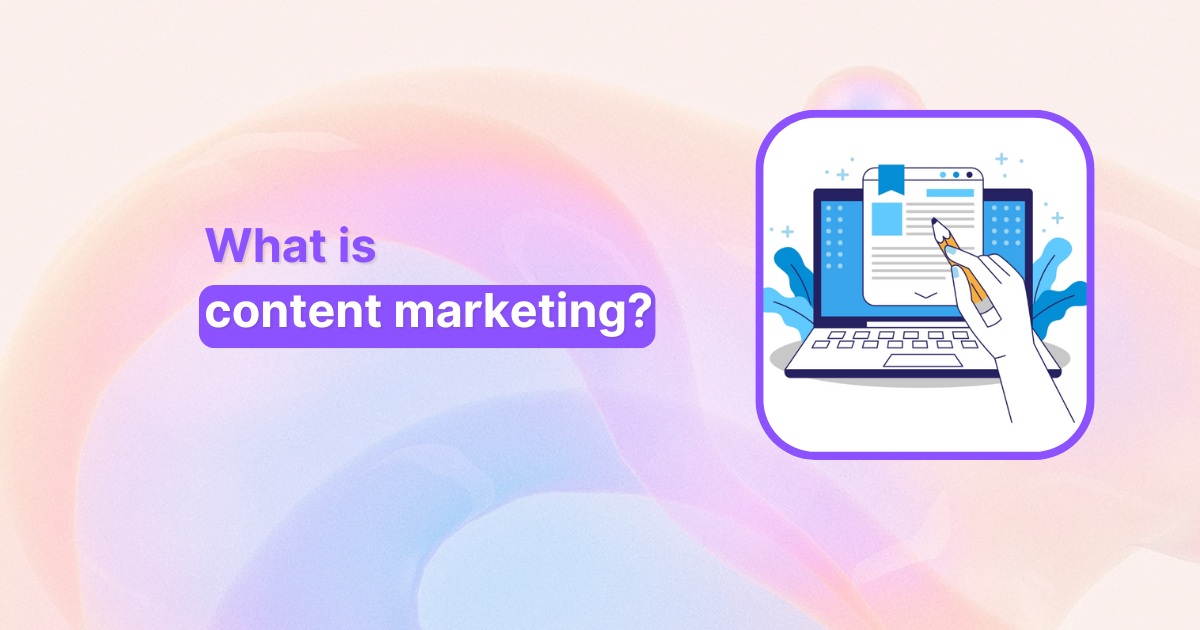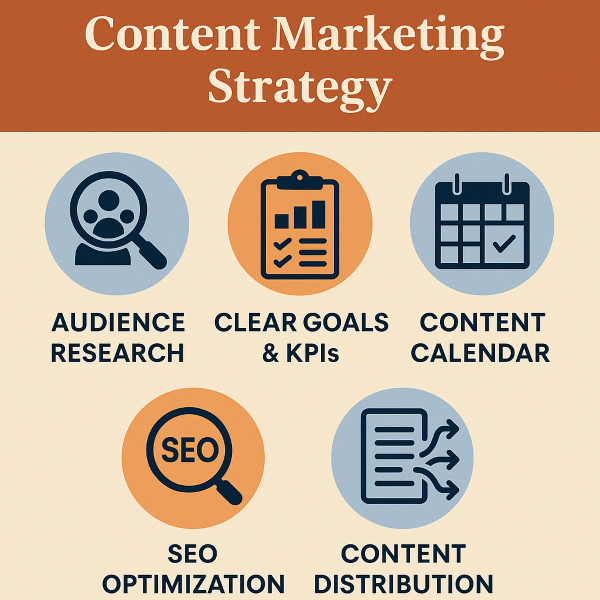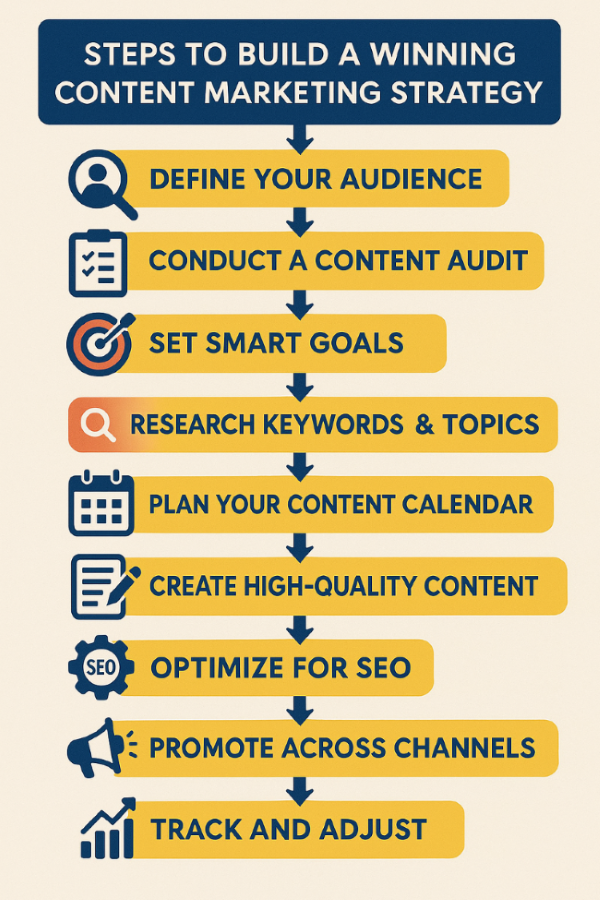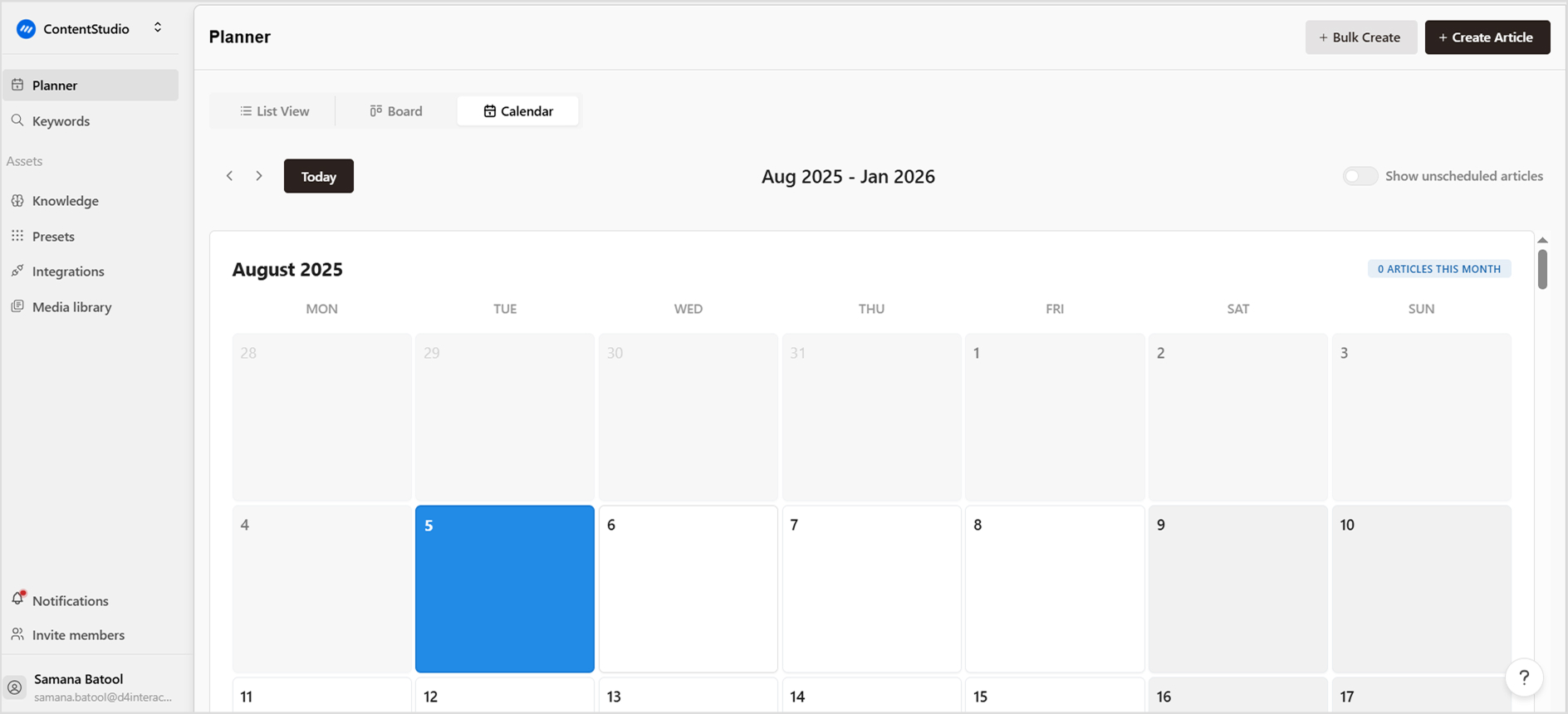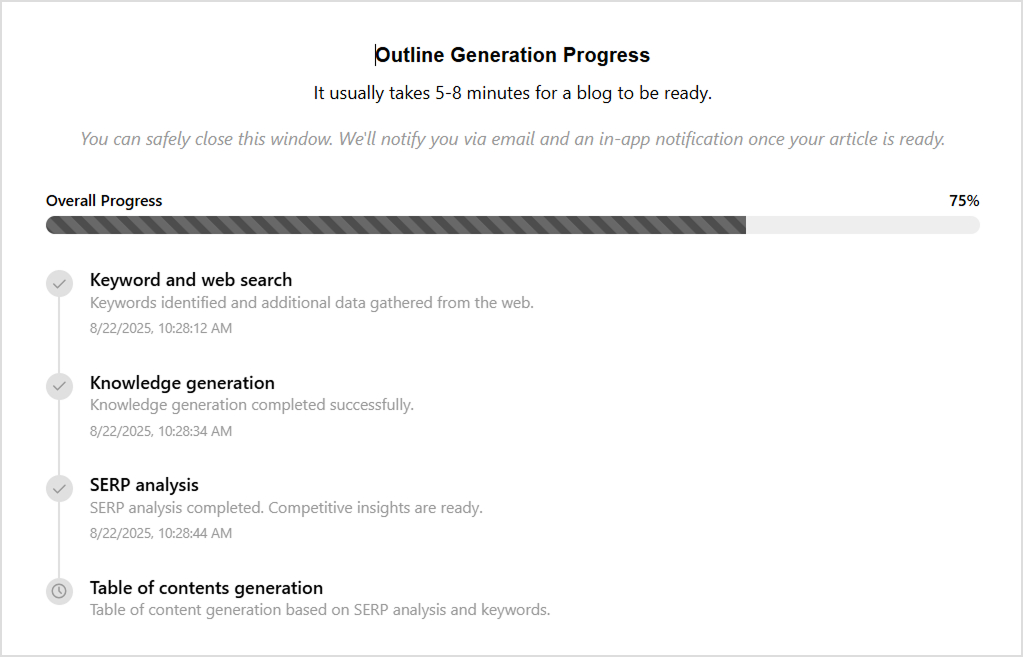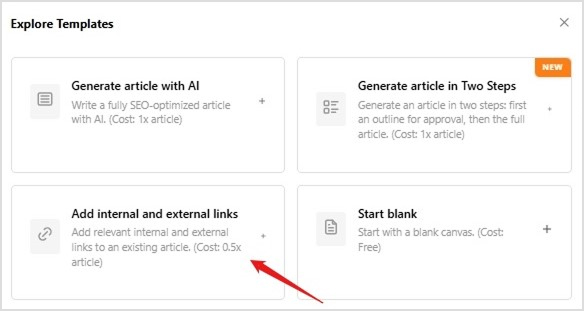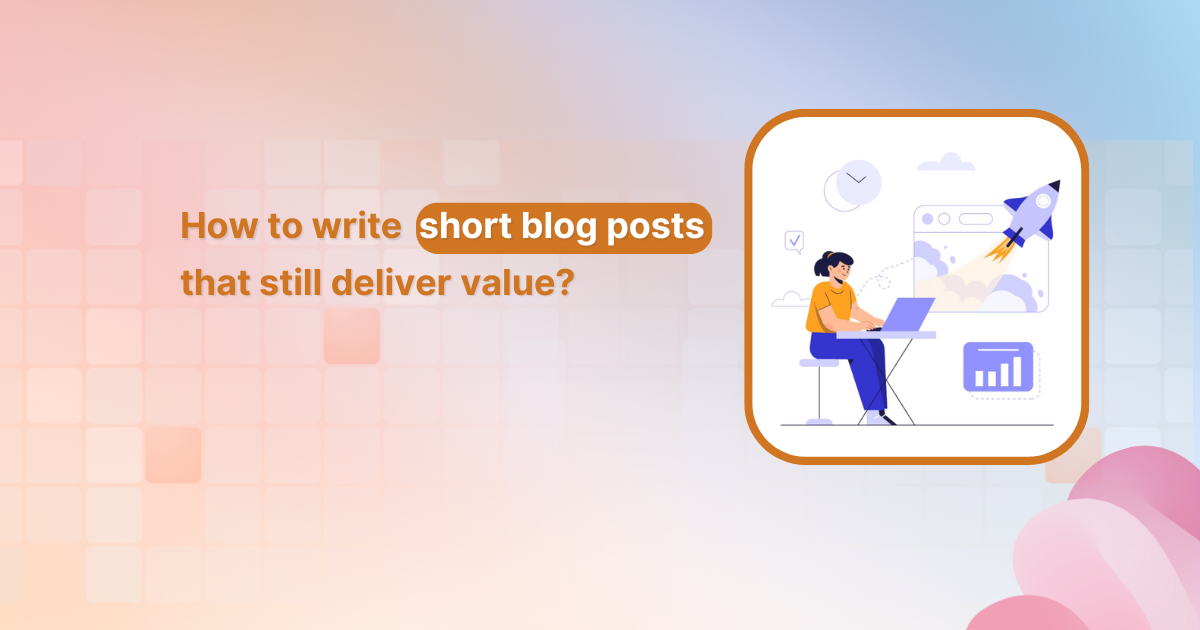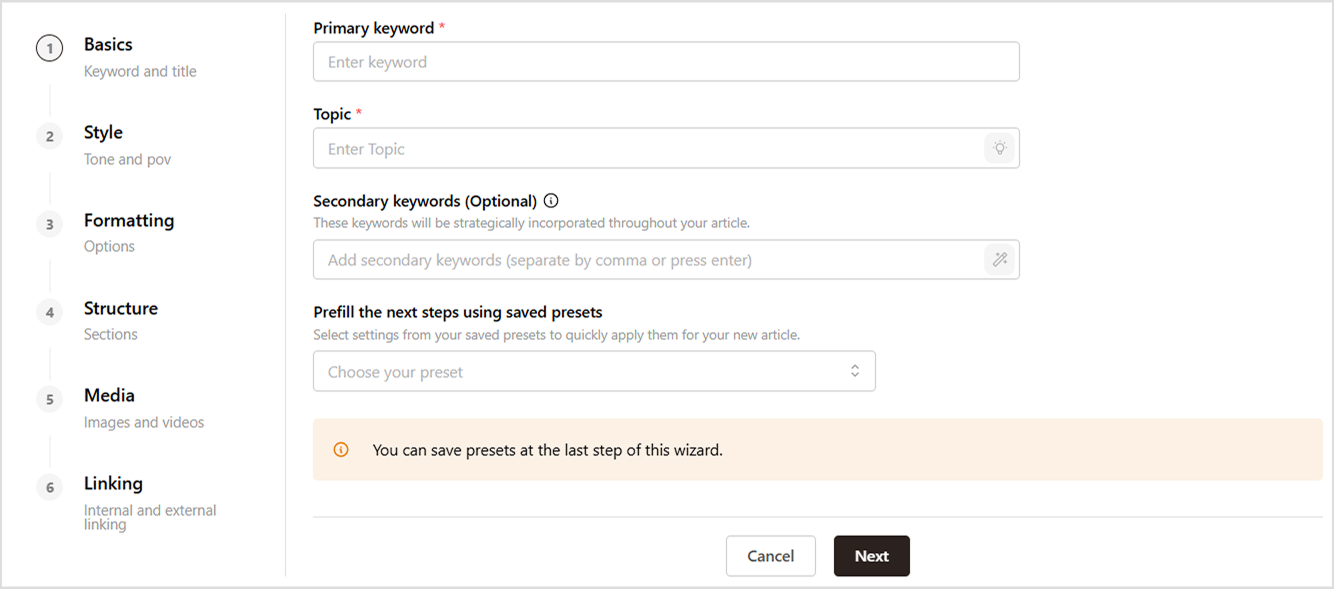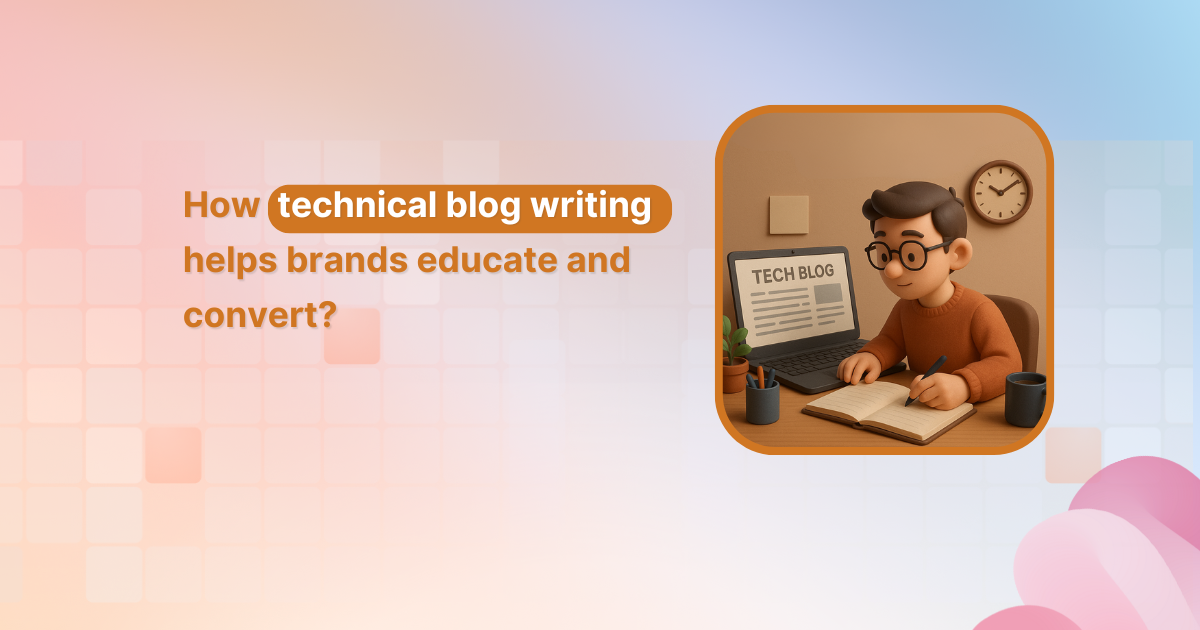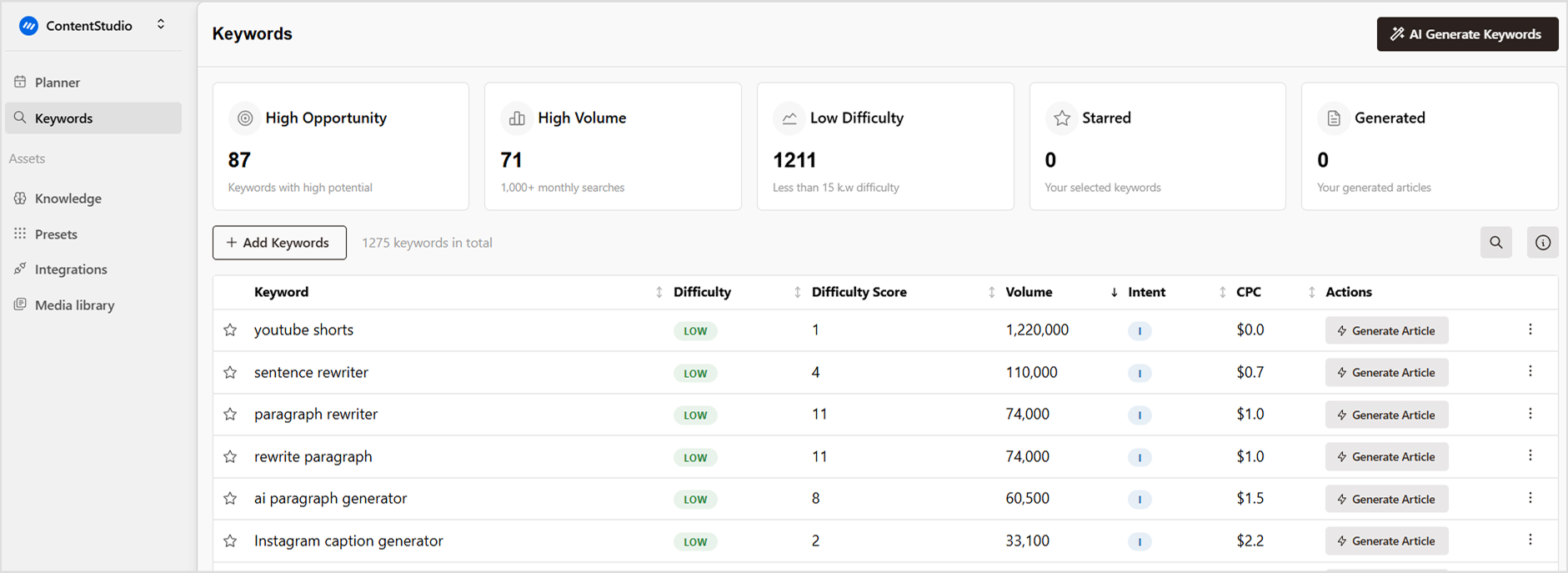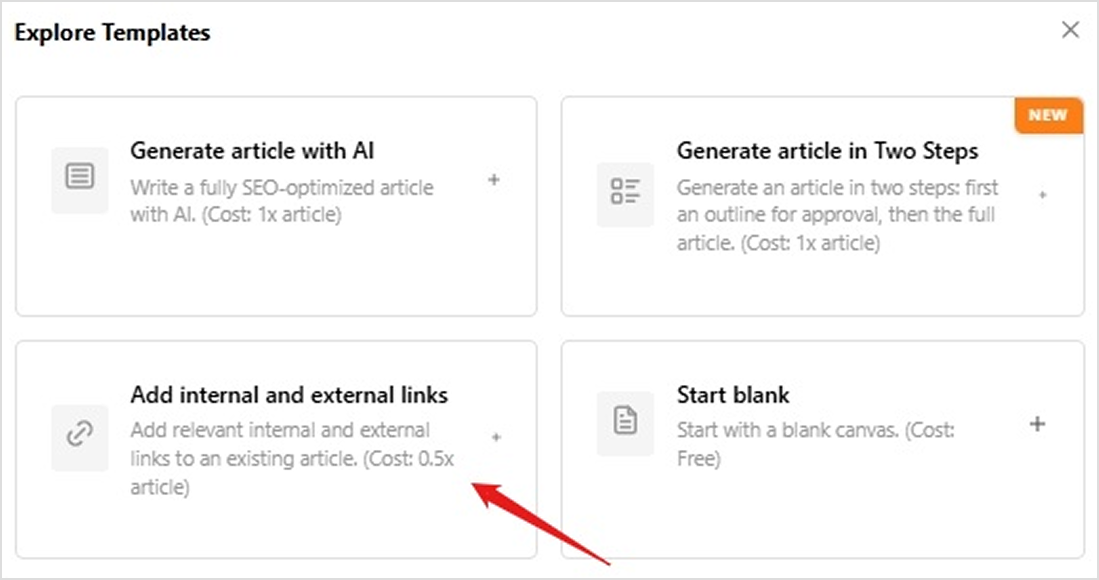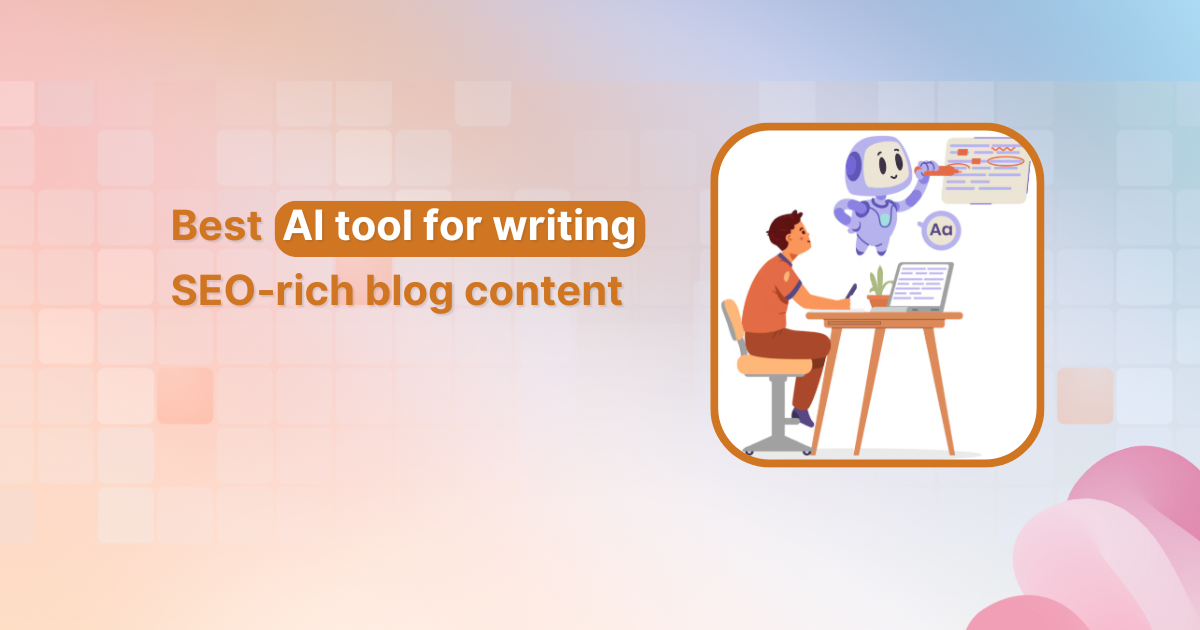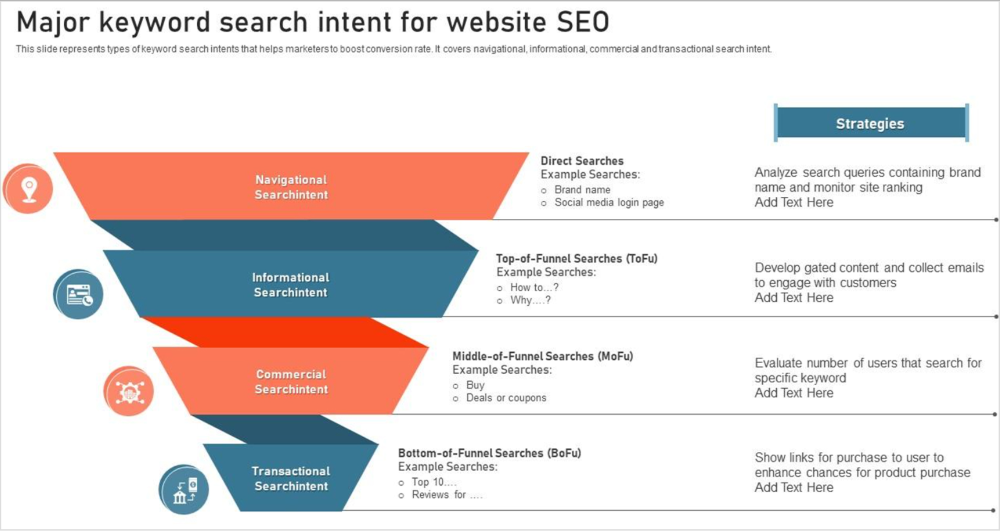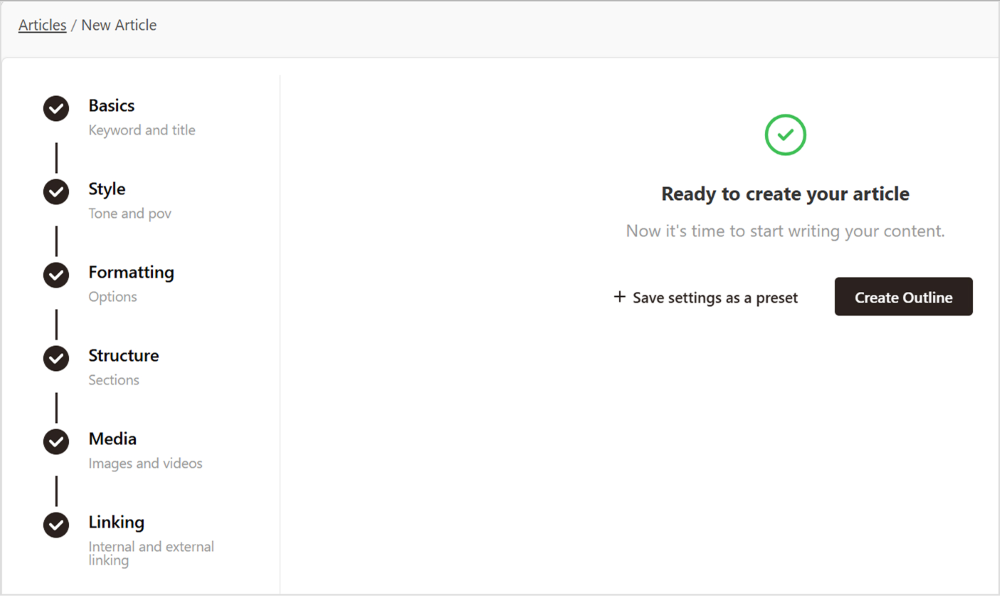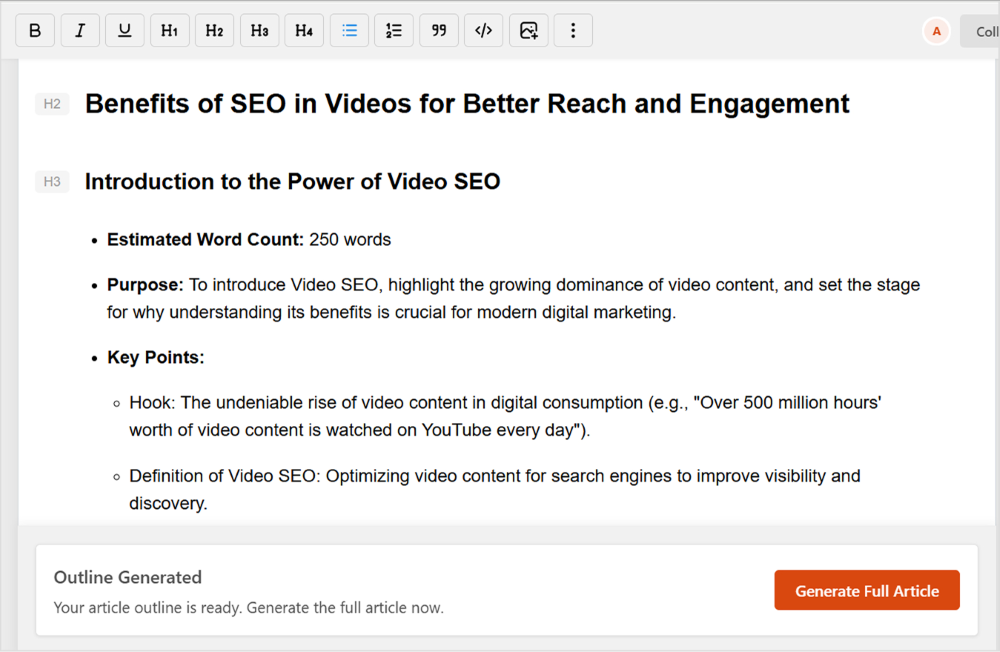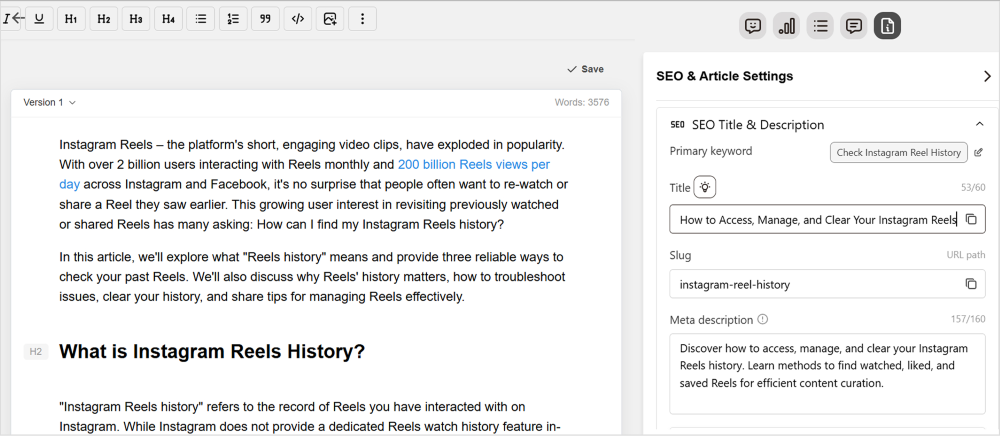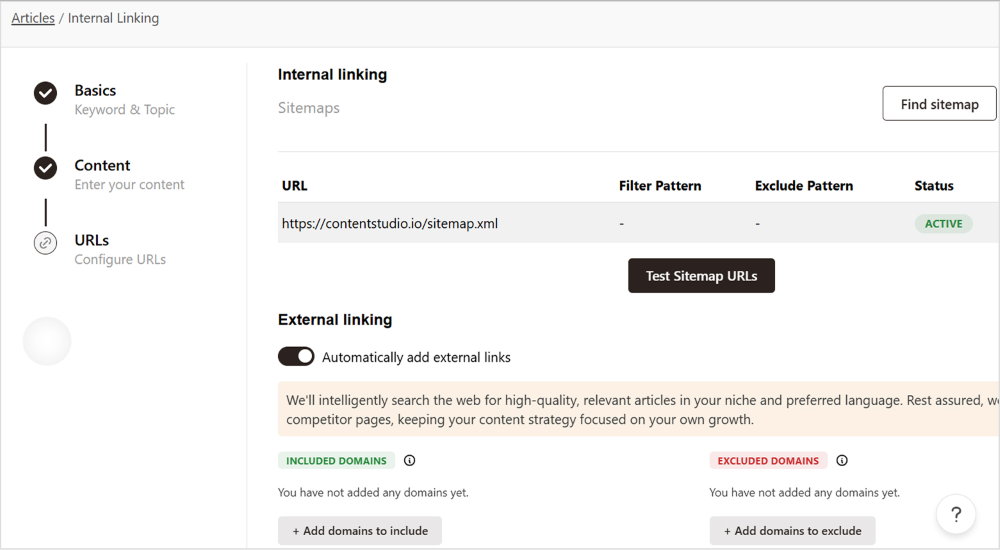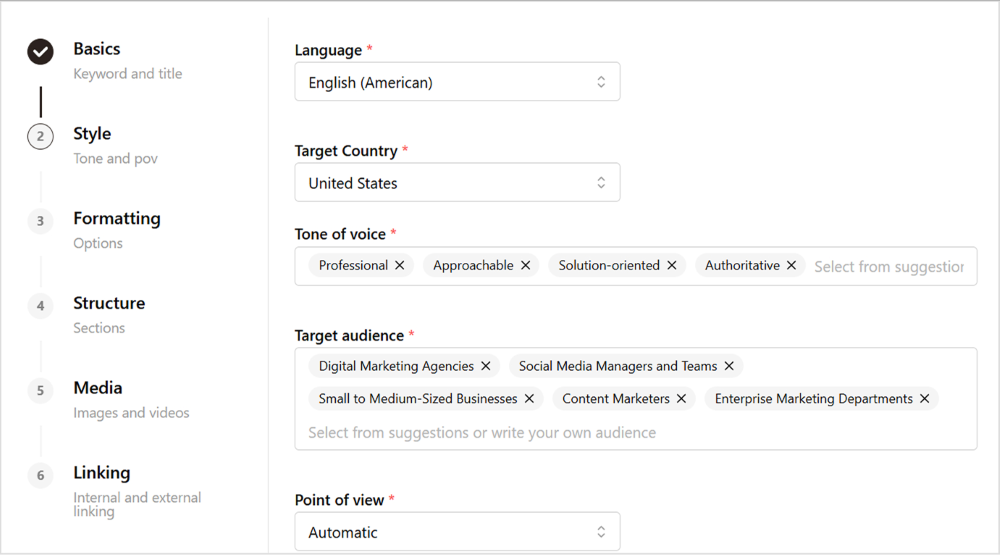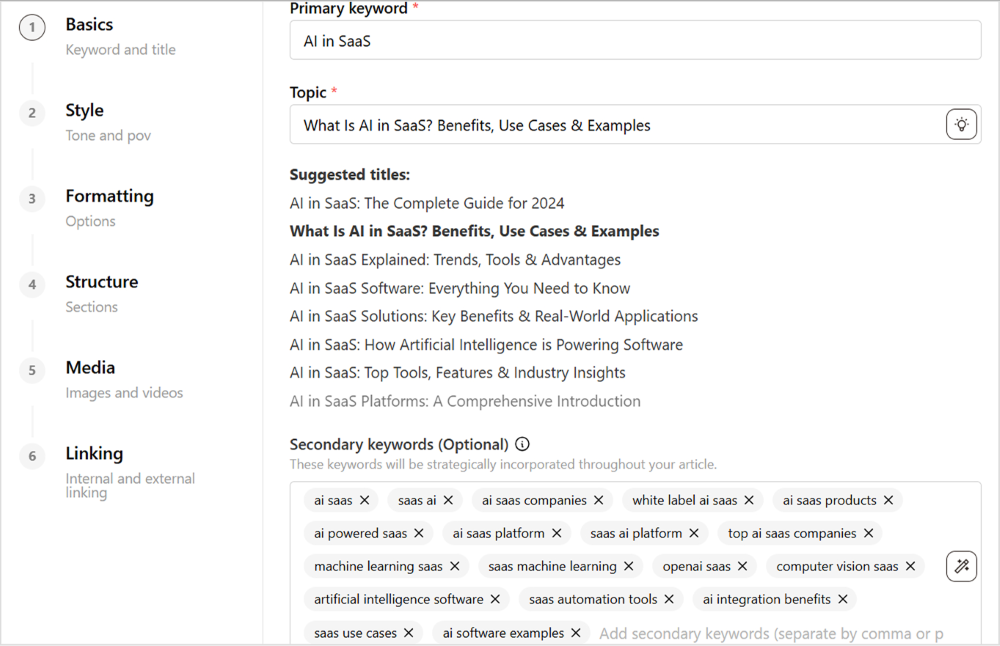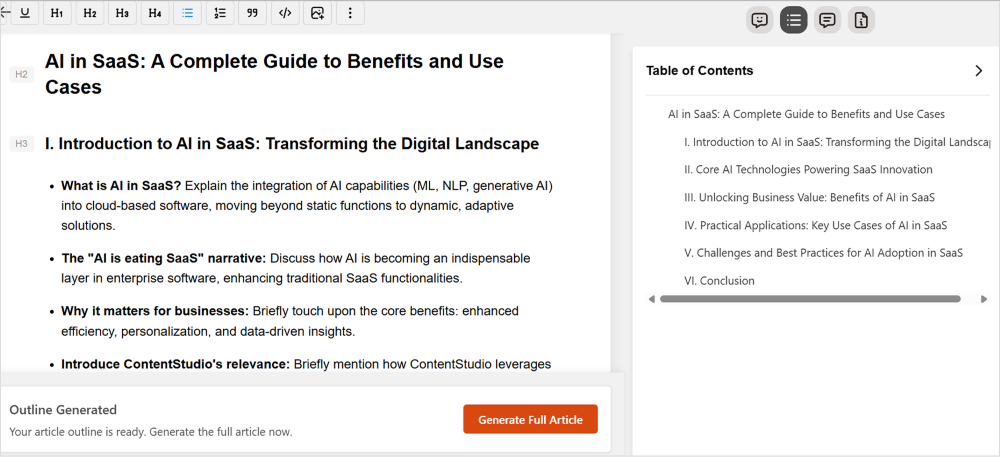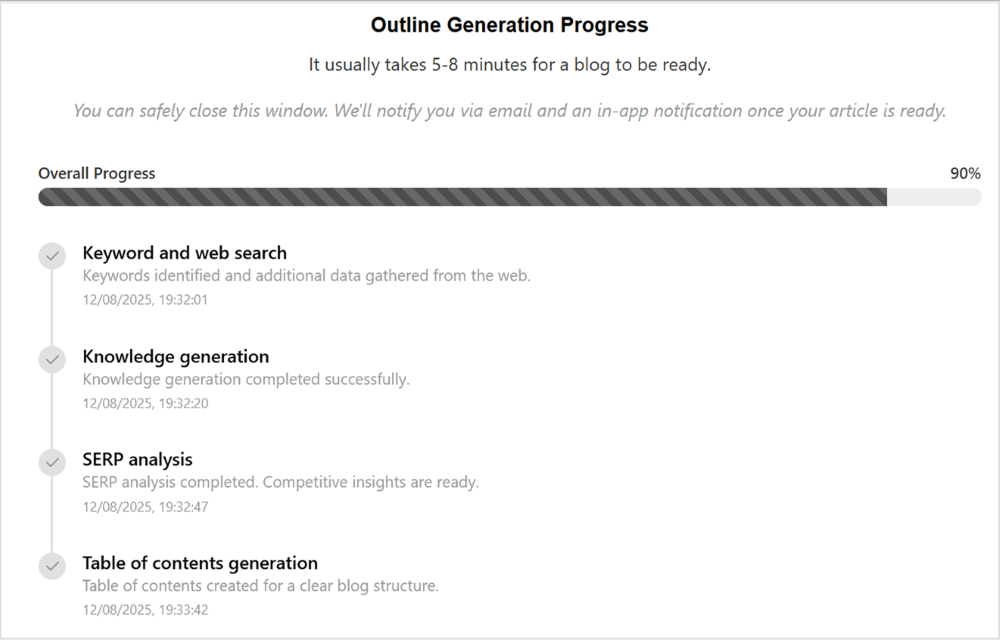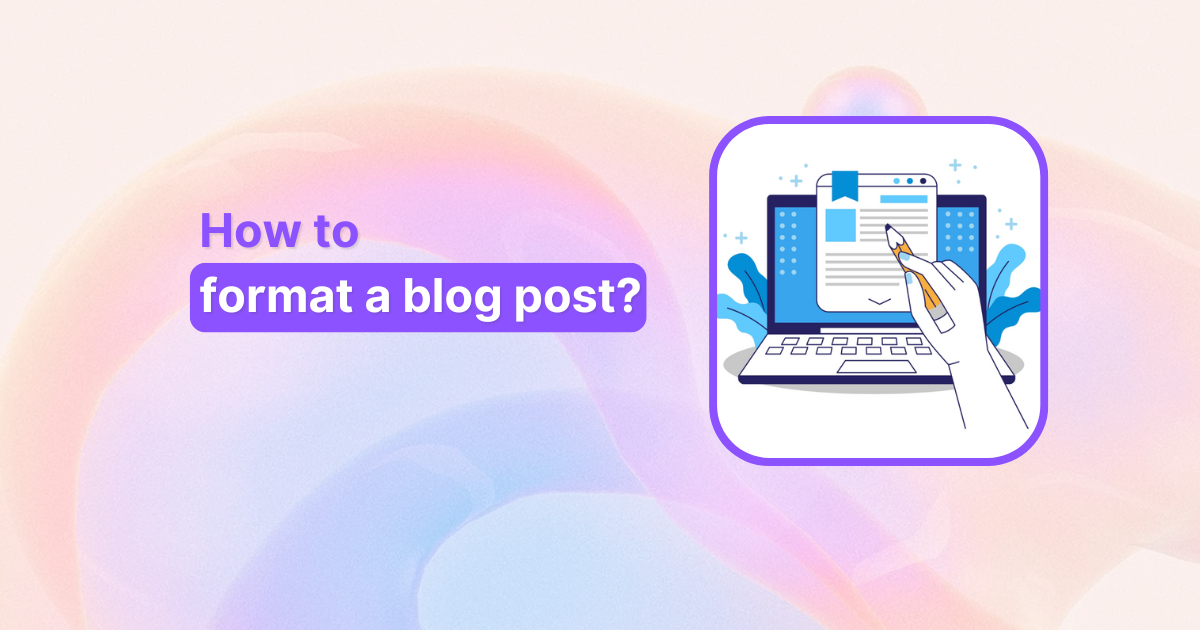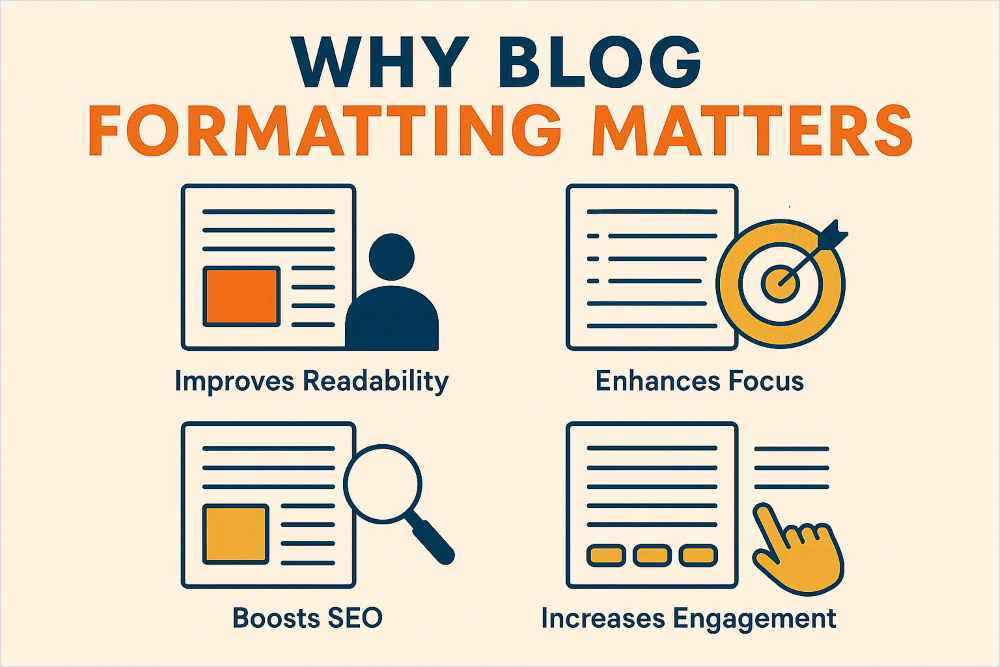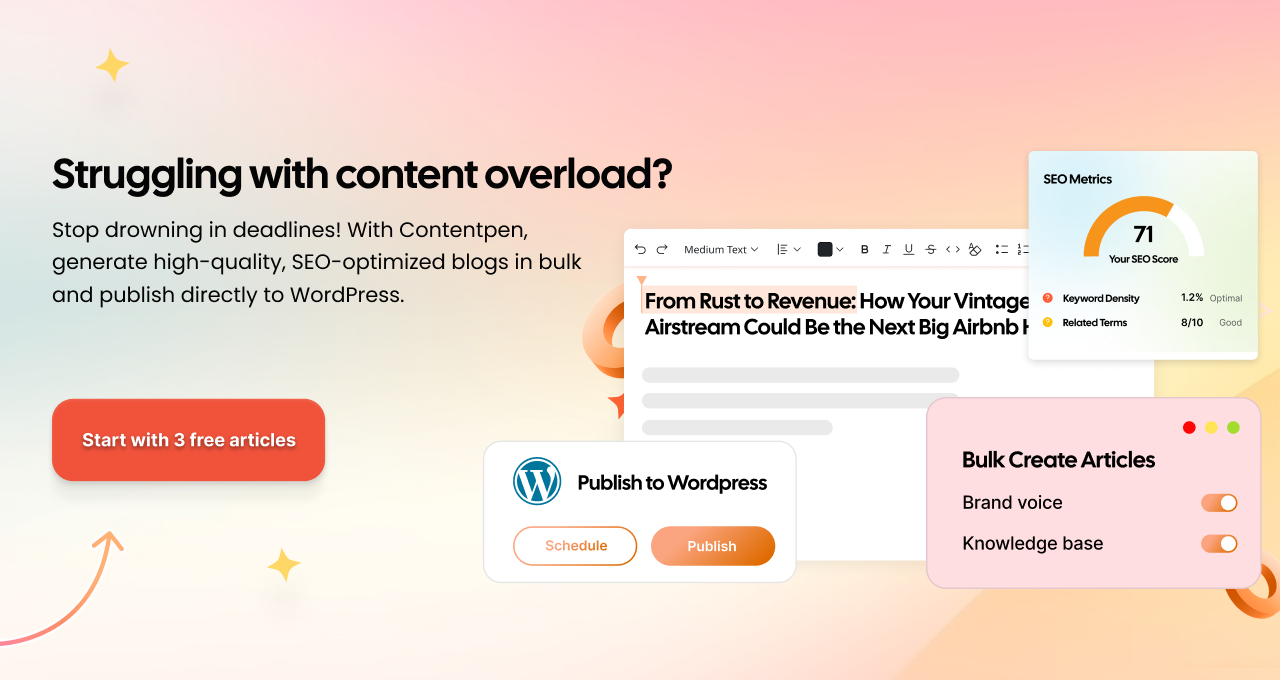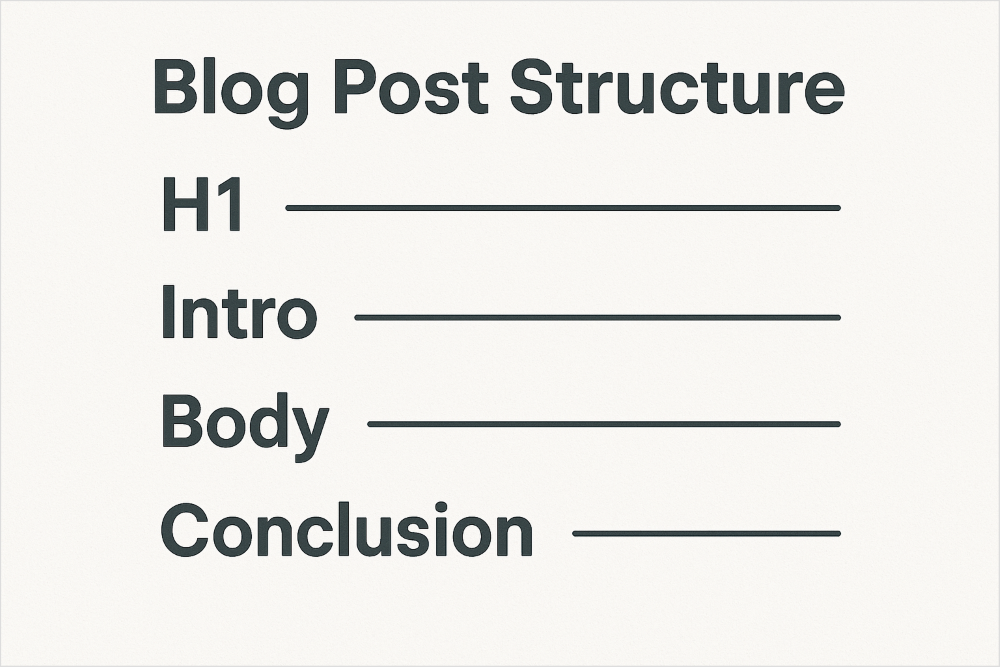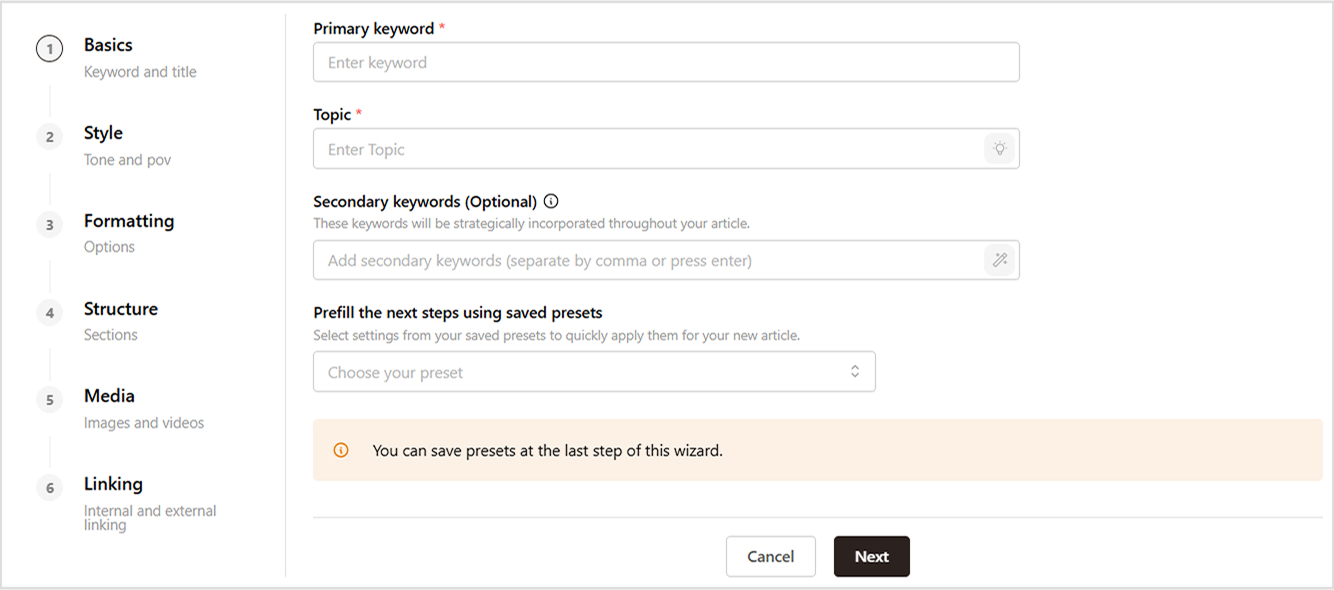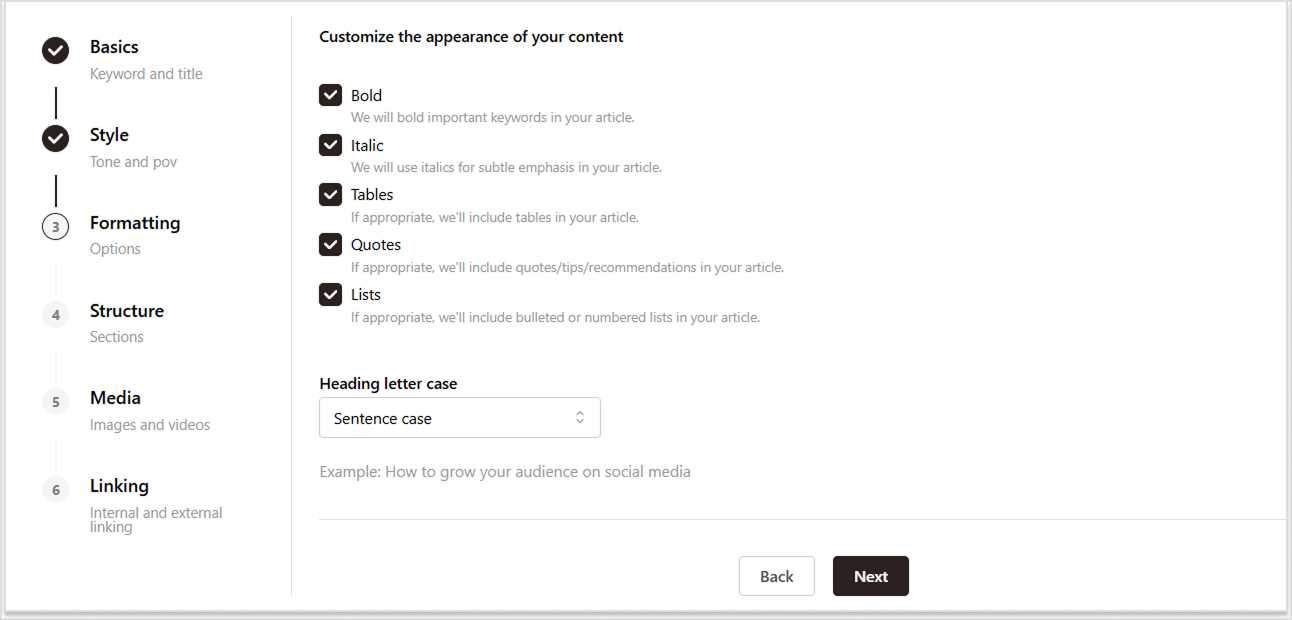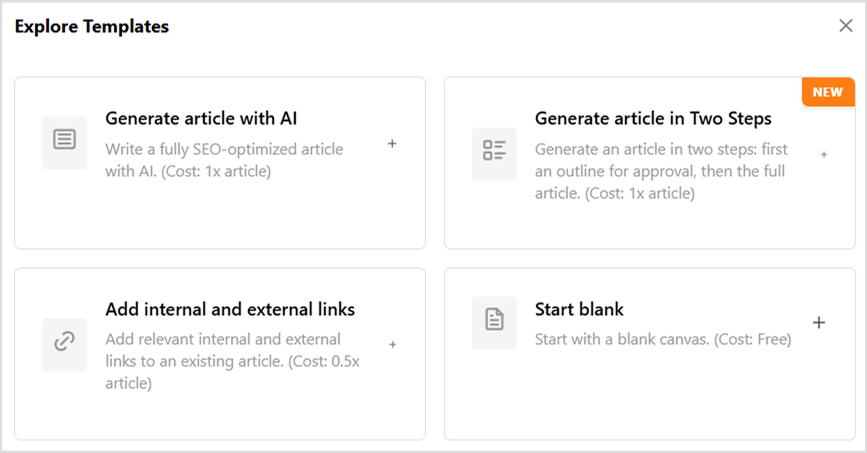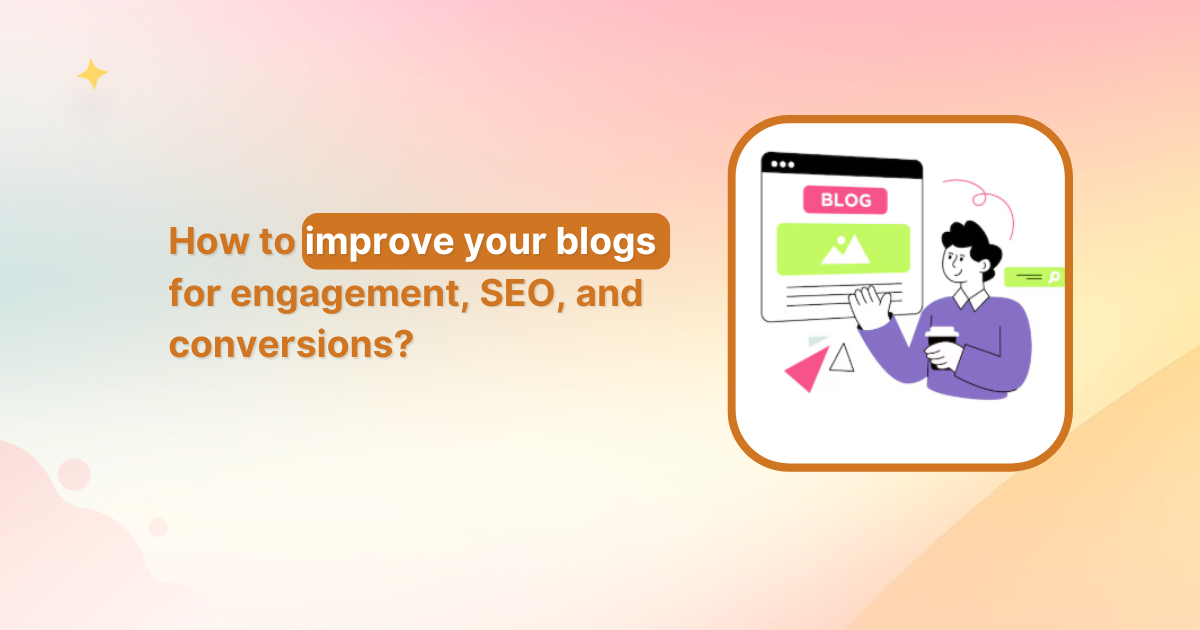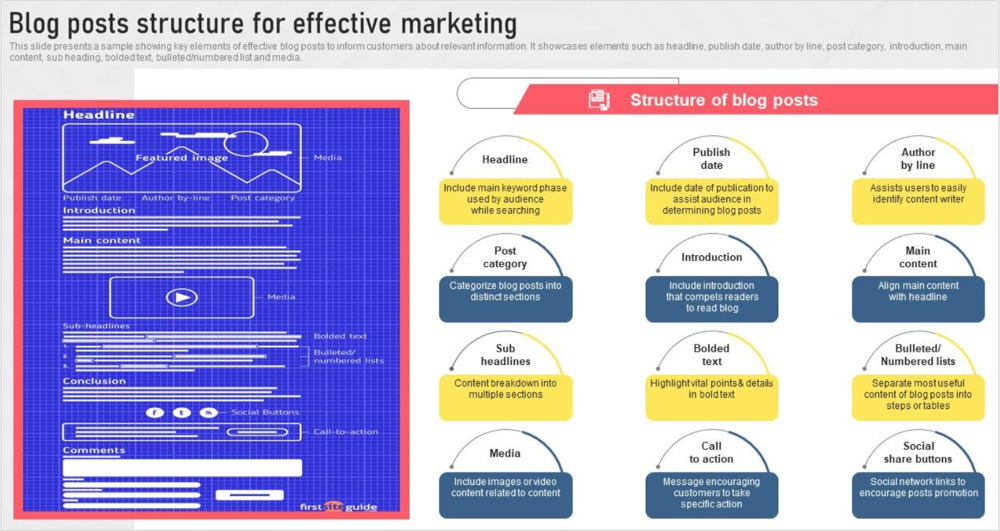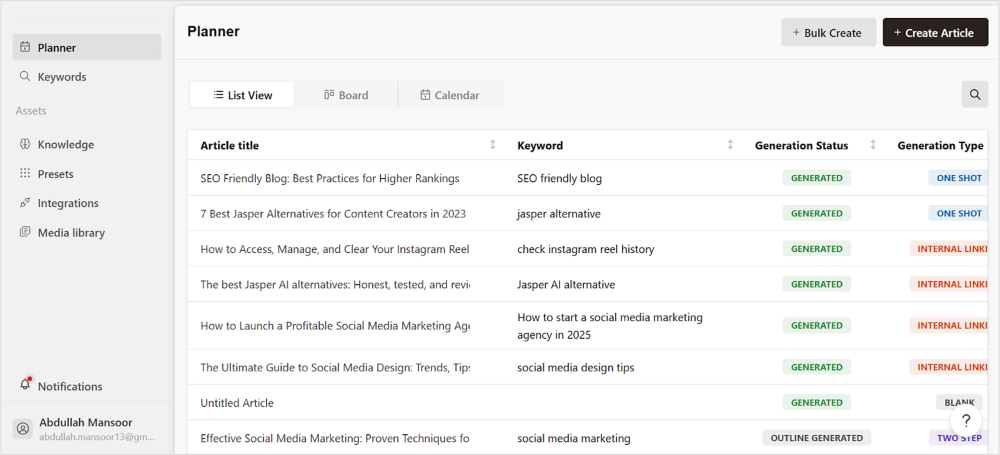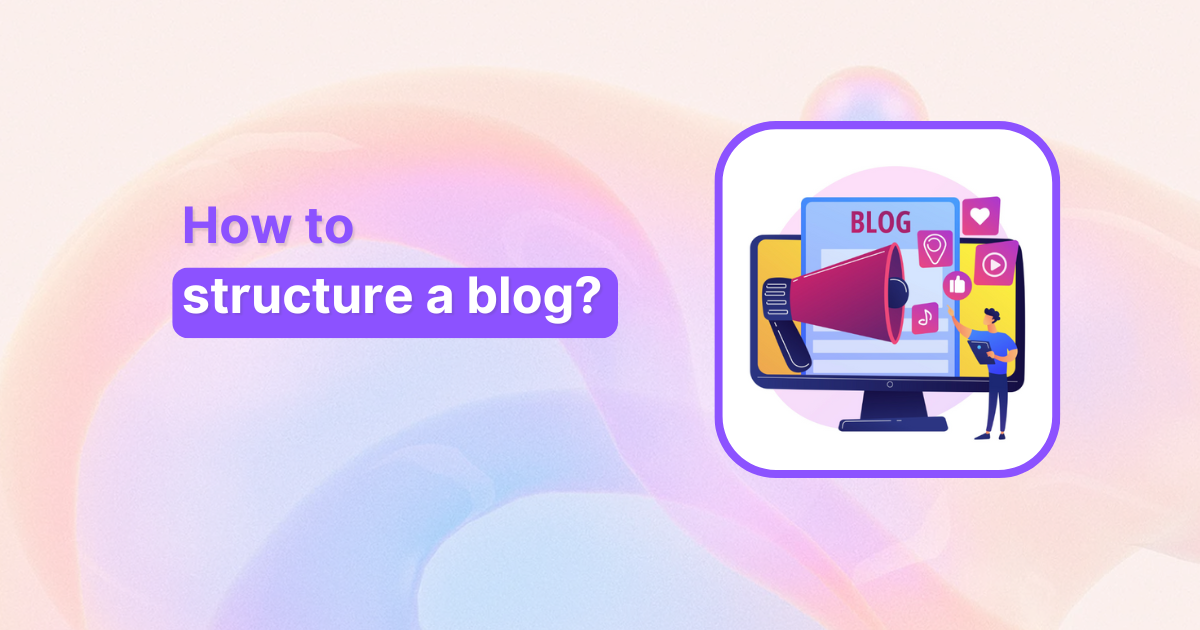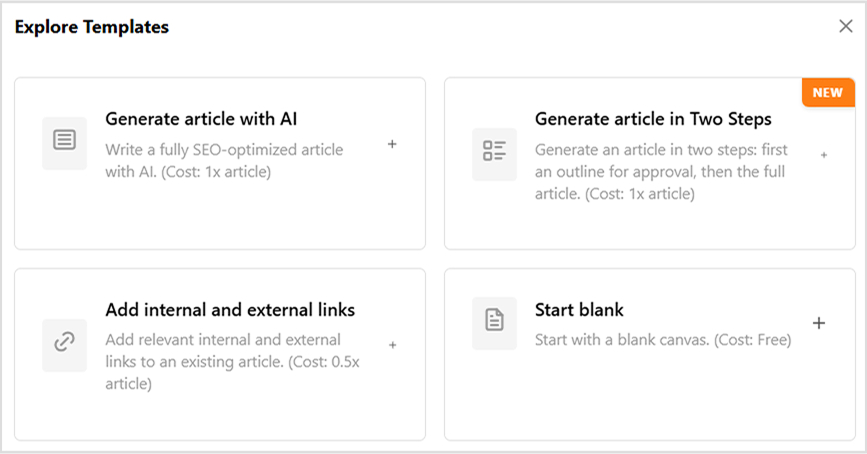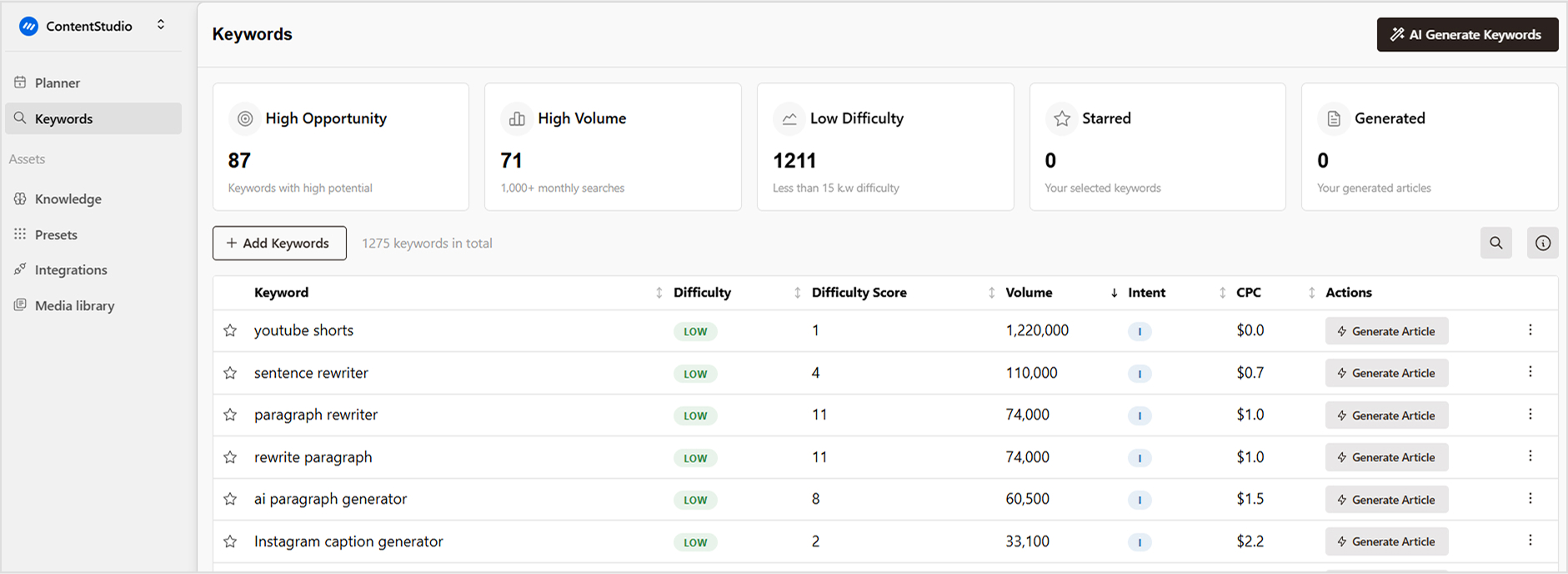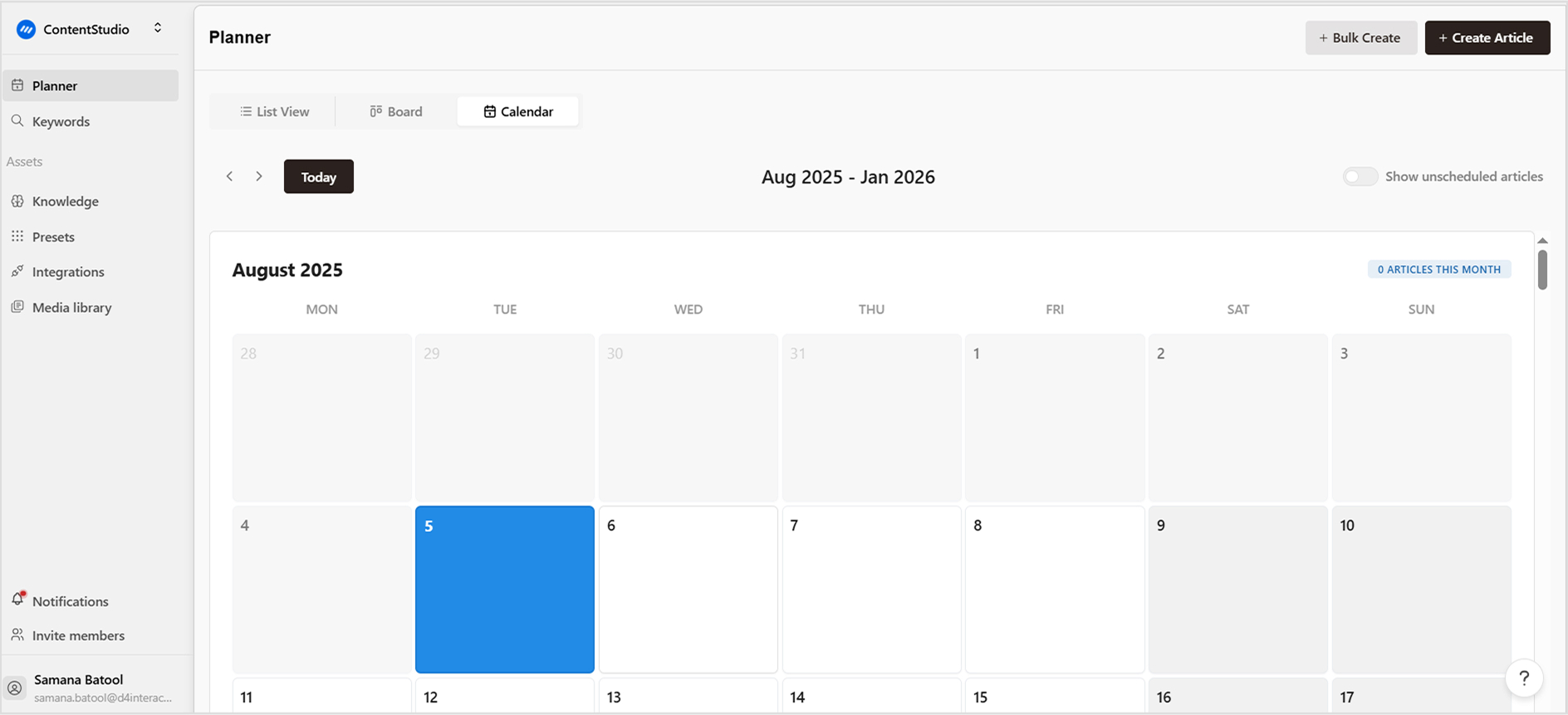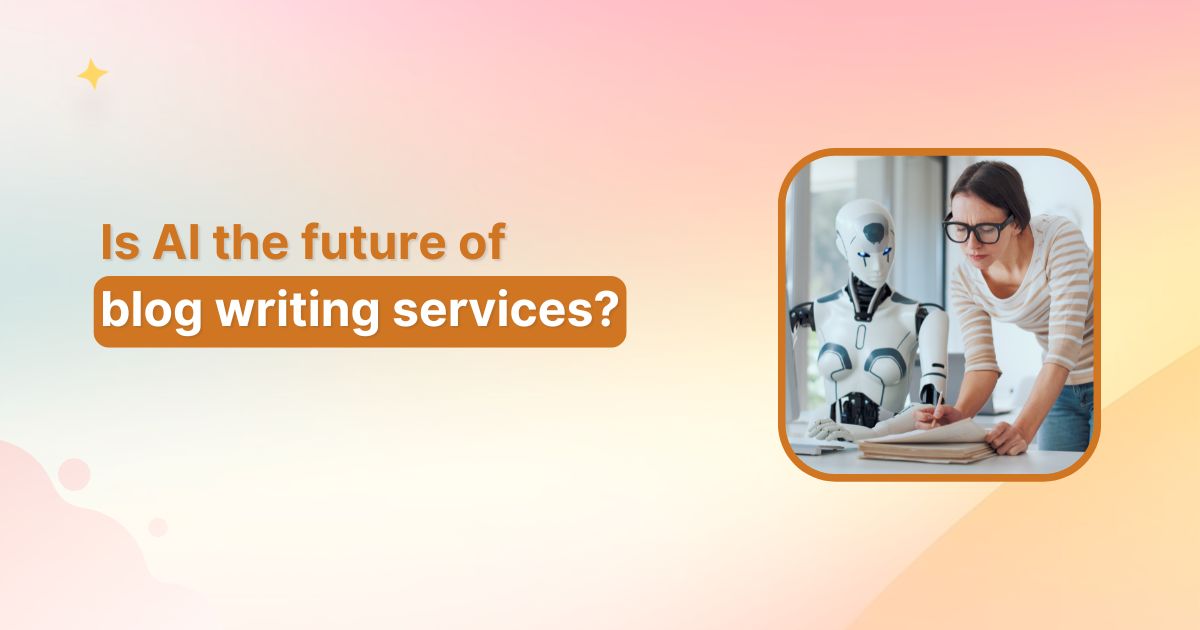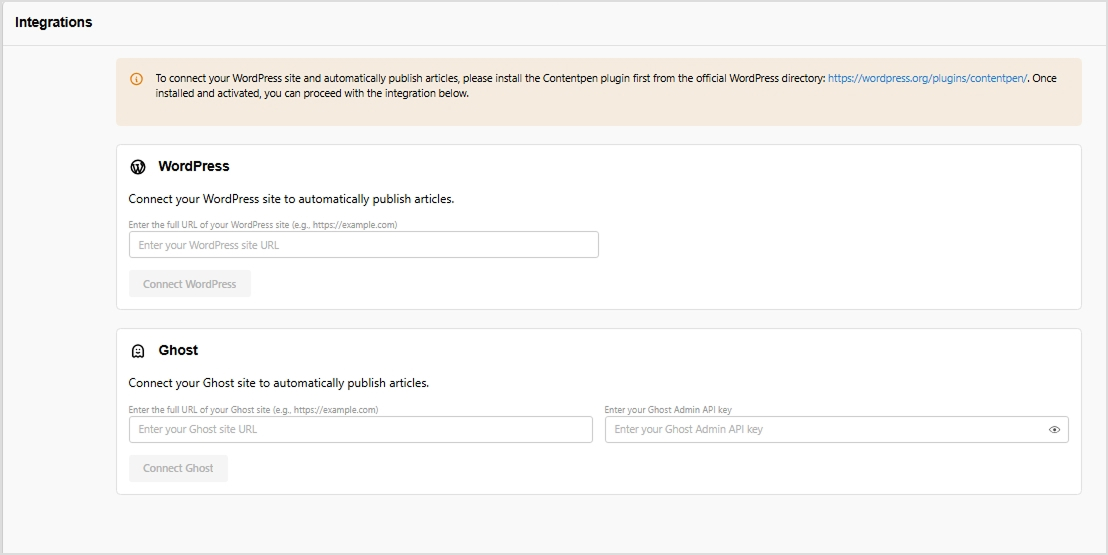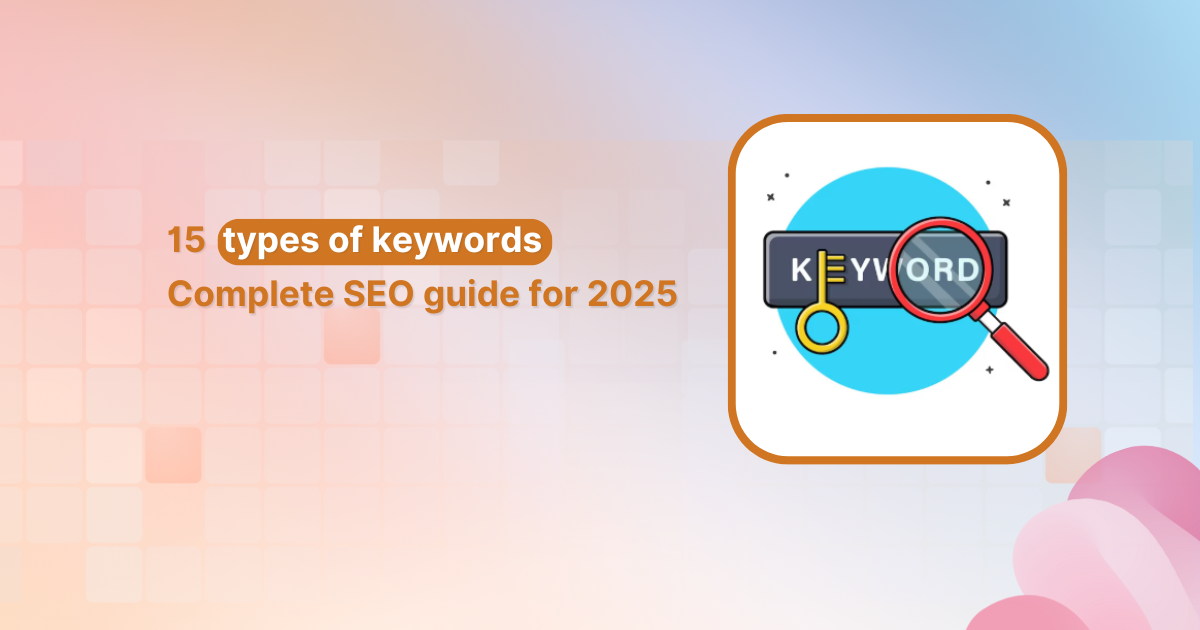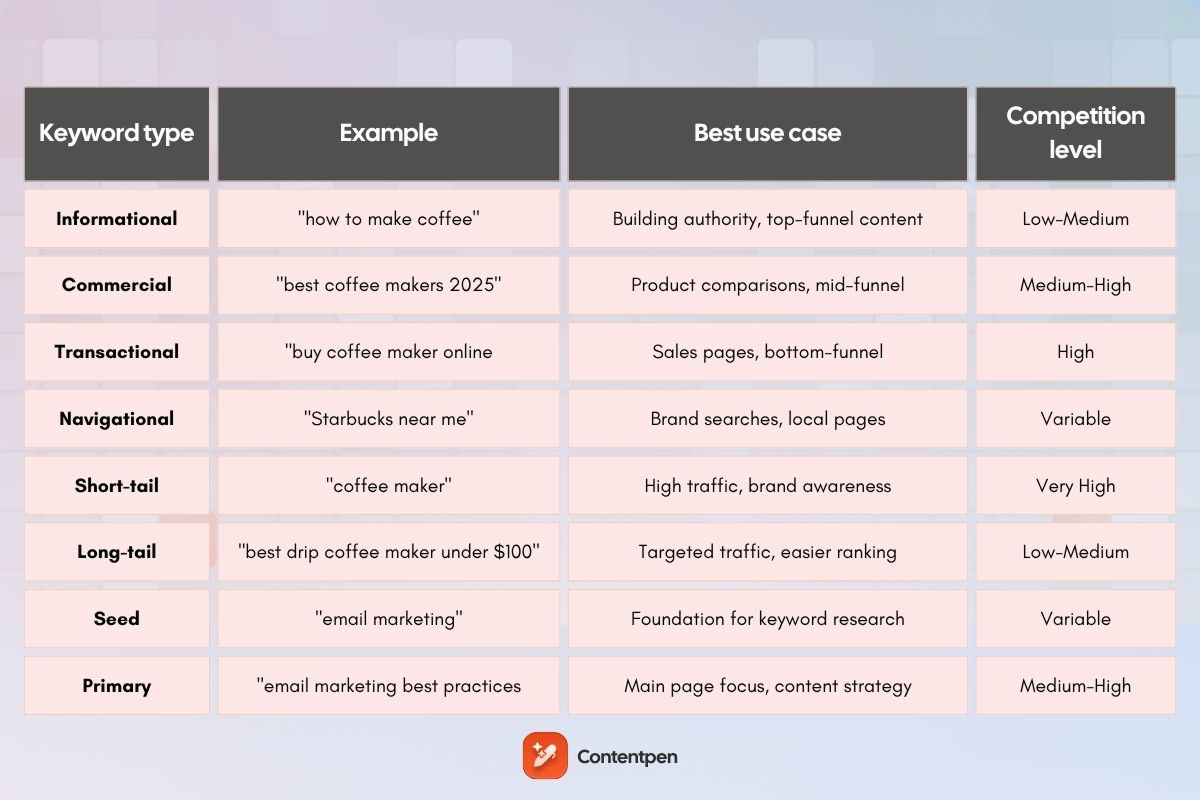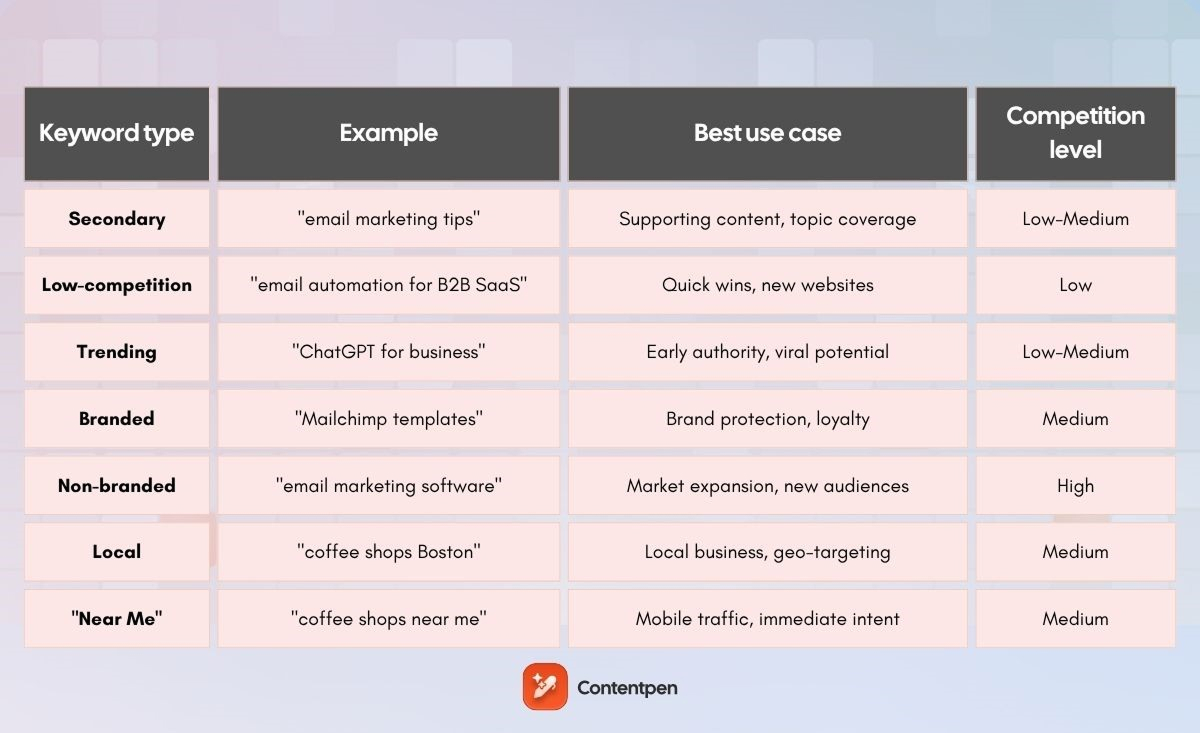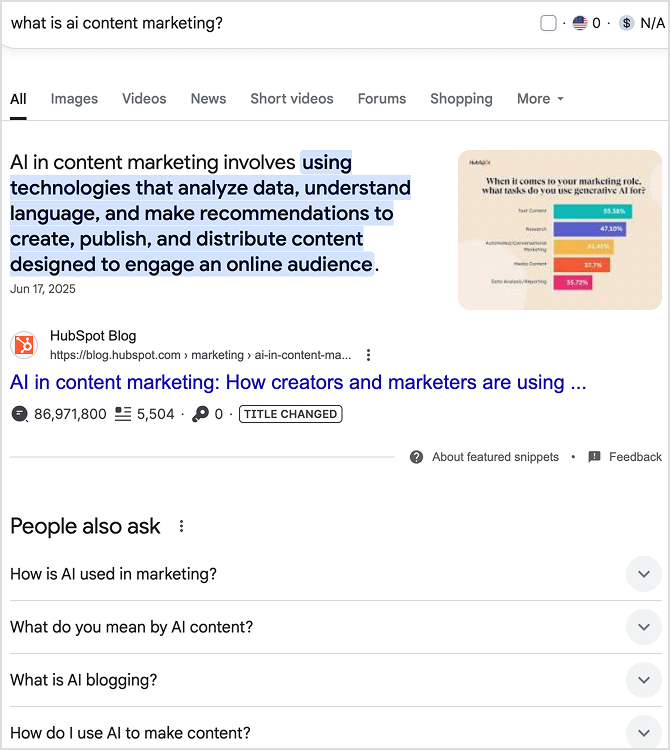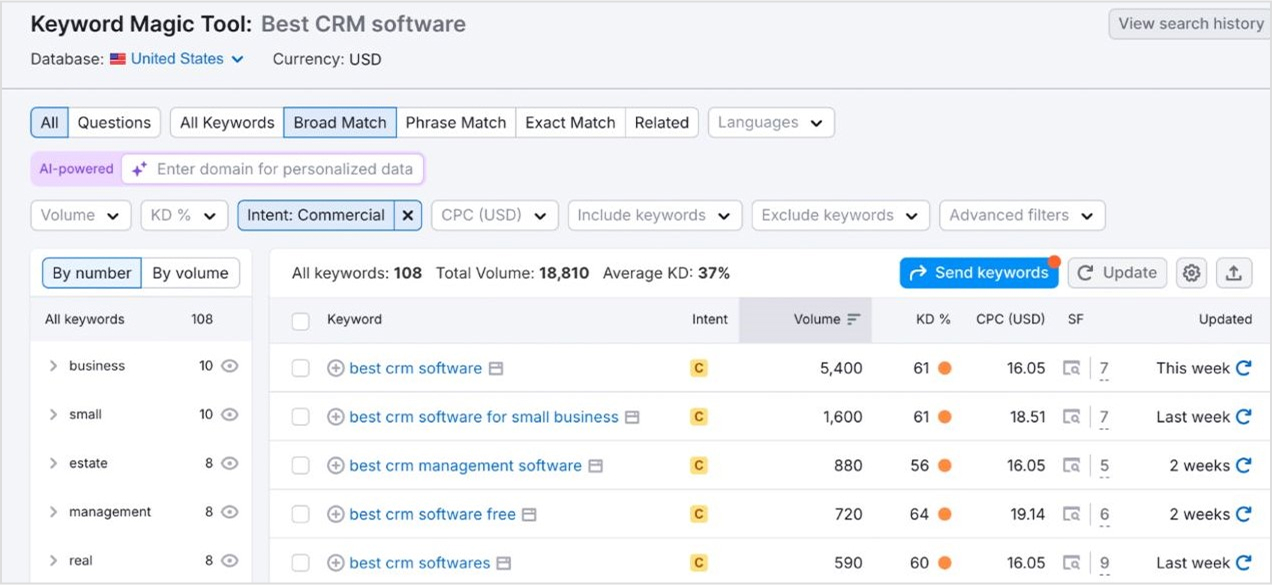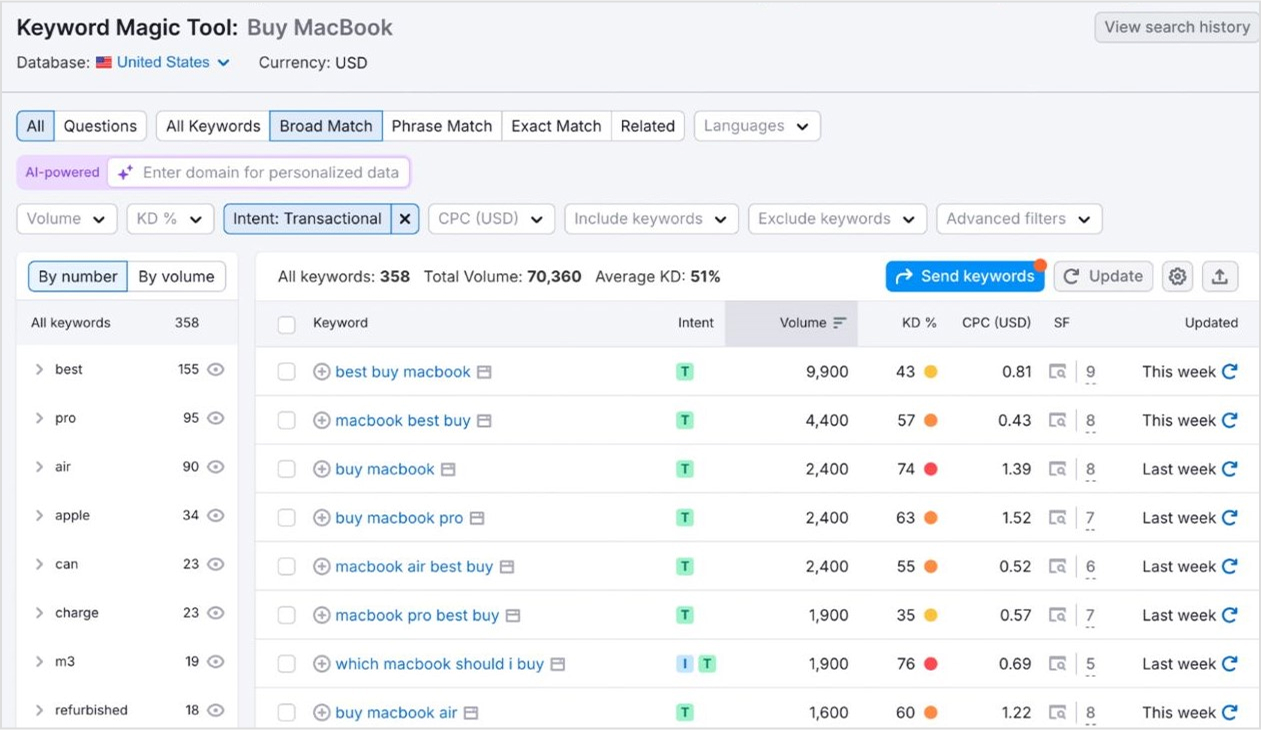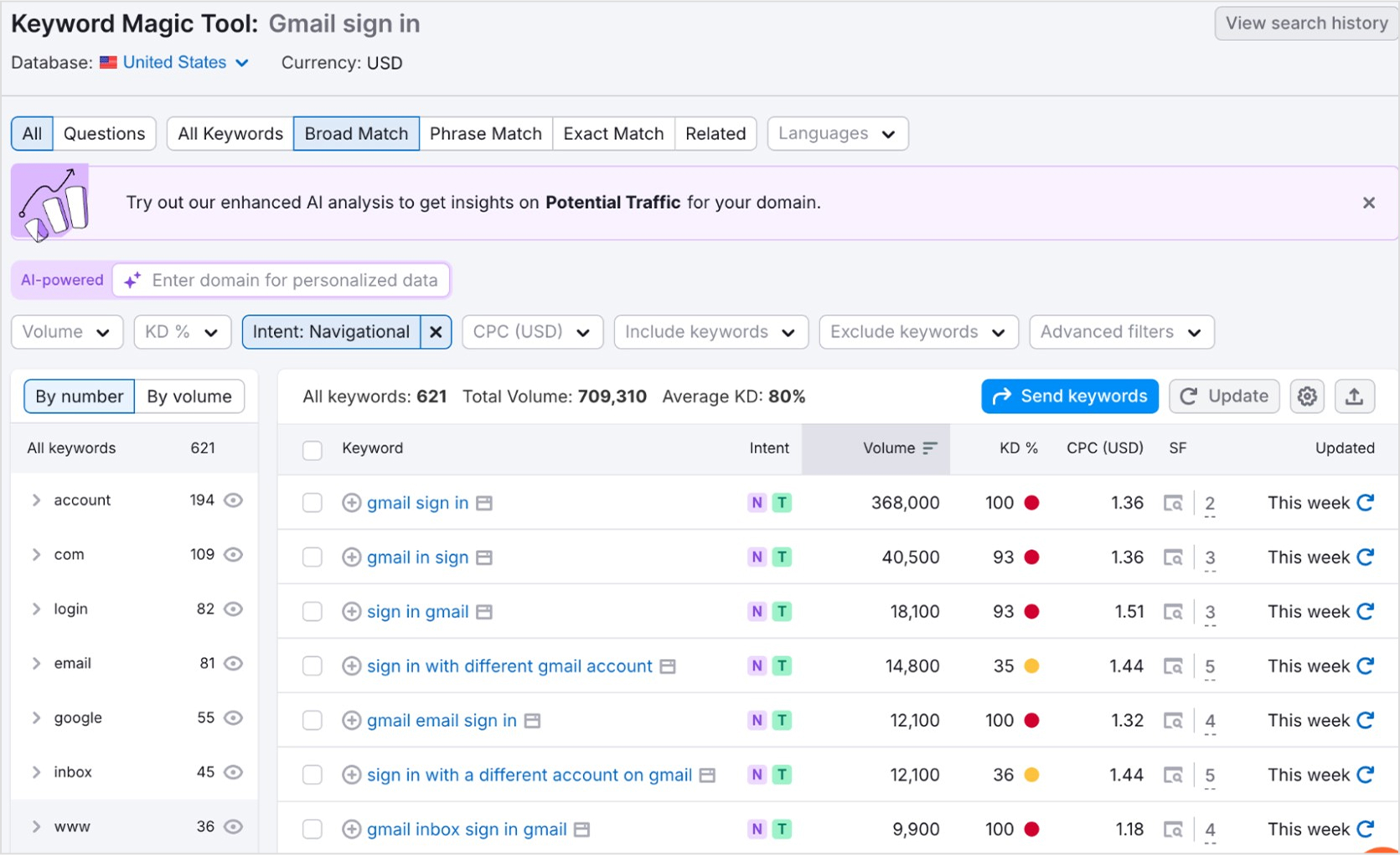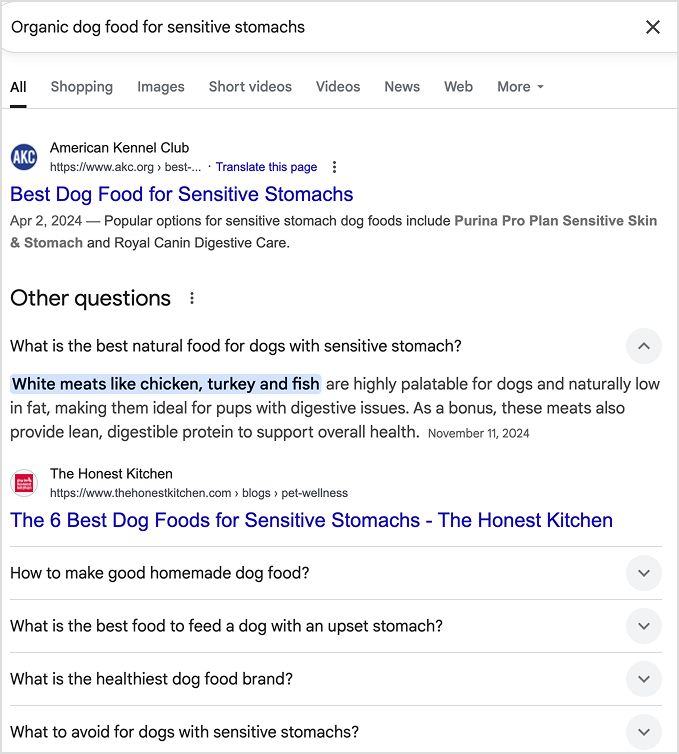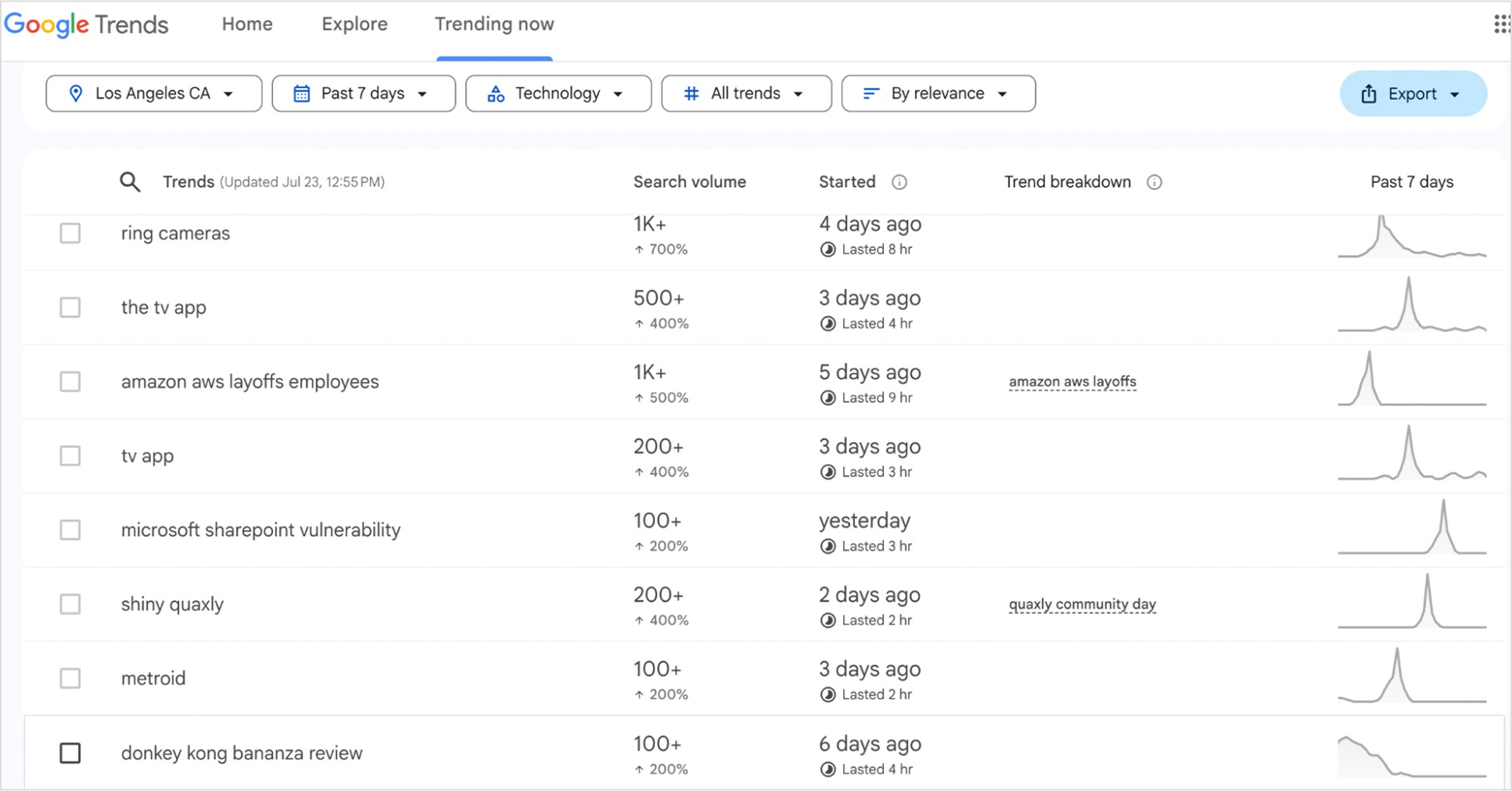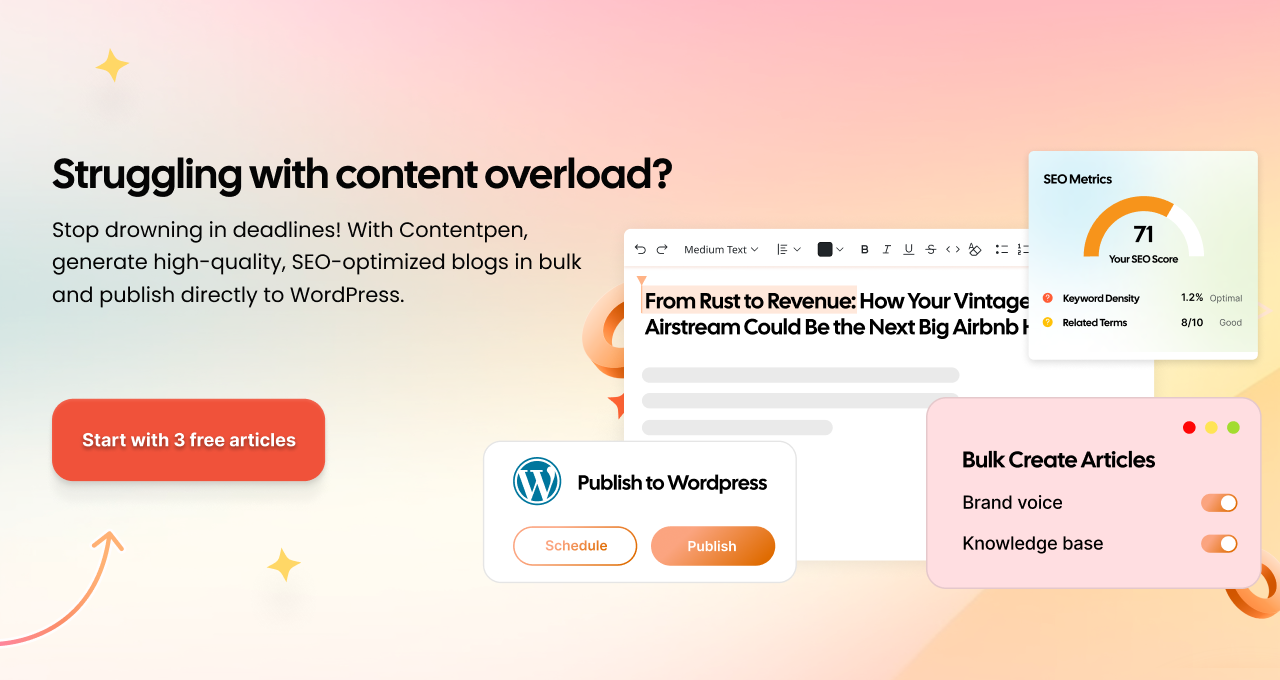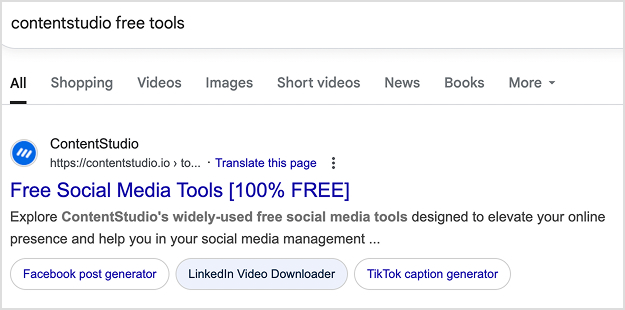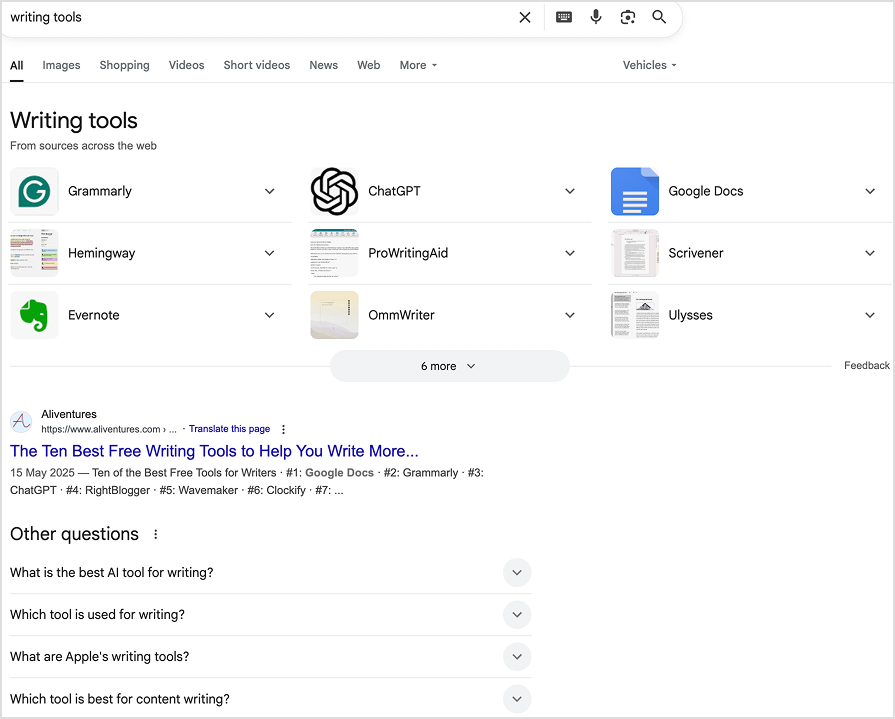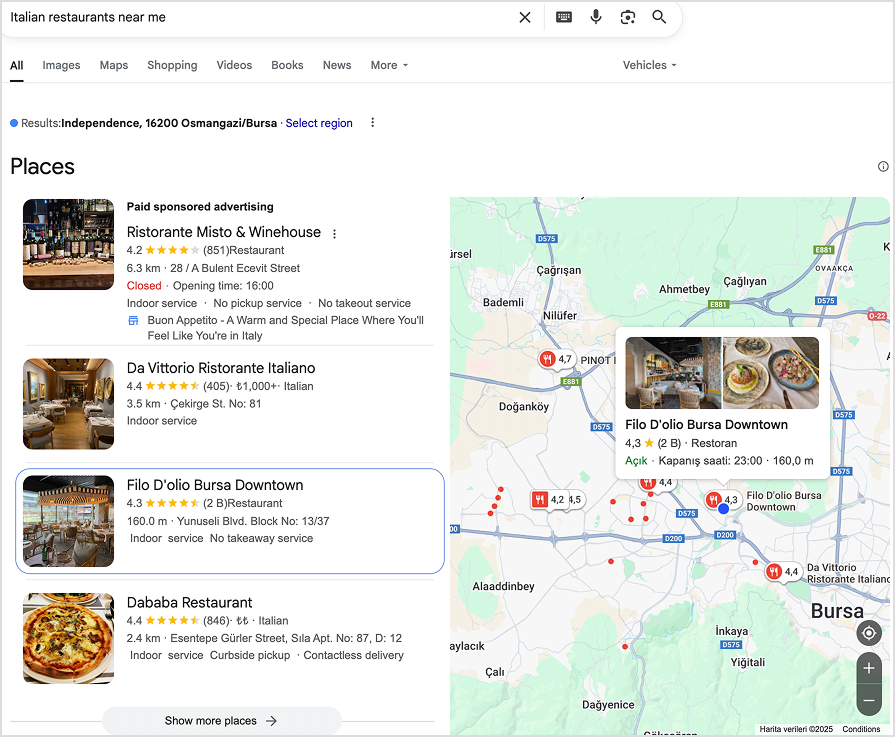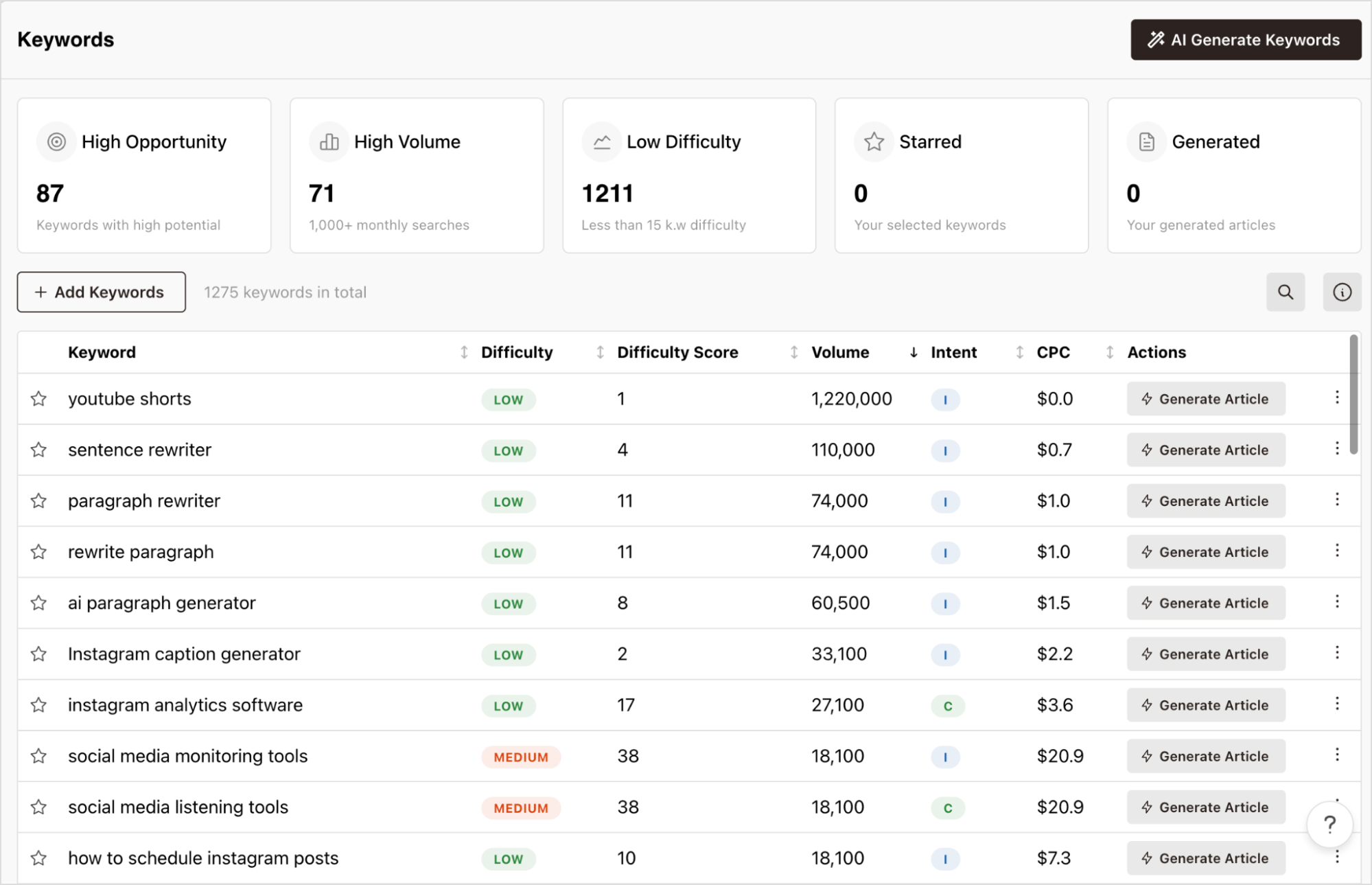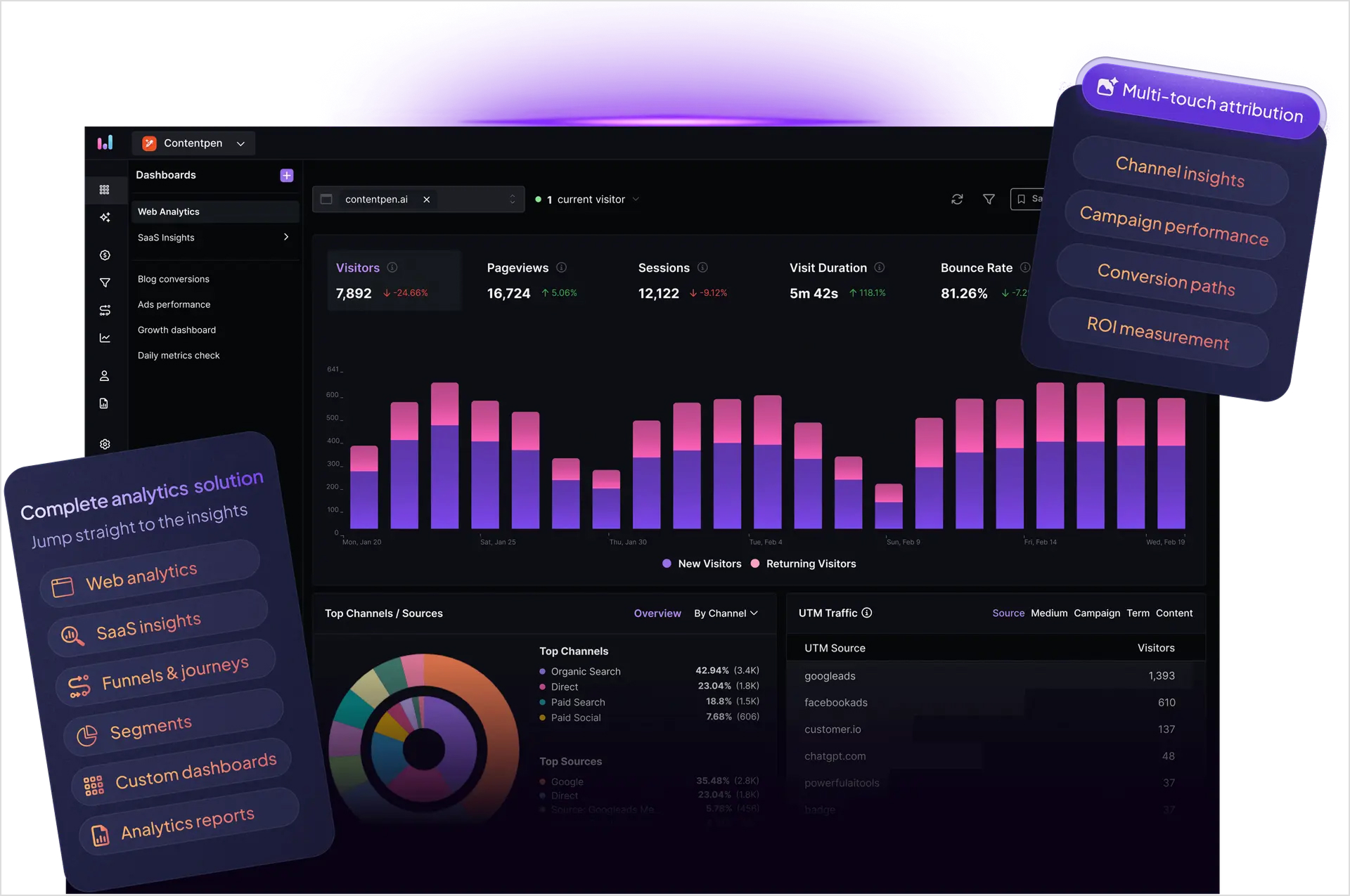Content marketing has emerged as one of the most effective strategies for businesses that want to shift from traditional advertising methods. It helps brands build trust and drive engagement by connecting with the audience in an authentic and organic manner.
But don’t worry if you are not familiar with content marketing and its role in modern digital marketing strategies.
In this blog, we’ll explore content marketing from the ground up. You’ll learn what content marketing really means and how its key elements and types provide numerous benefits to businesses. We’ll also be breaking dos and don’ts of content marketing to ensure you can optimize its benefits.
So, let’s get started and learn how exactly you can create, distribute, and optimize content with a solid content marketing strategy that delivers real results.
What is content marketing?
Content marketing is a strategic marketing approach focused on creating, distributing, and sharing valuable, relevant, and consistent content to attract and retain a clearly defined audience.
Unlike traditional advertising that interrupts your audience, content marketing provides genuinely useful information that helps solve problems, educates, or entertains your target customers.
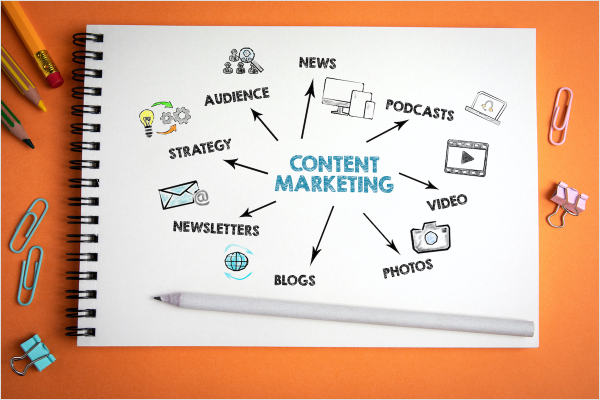
In digital marketing, content serves as the foundation that drives all other marketing efforts. Whether you’re running social media campaigns, email marketing, or SEO initiatives, quality content remains the core element that connects with your audience and builds lasting relationships.
The content marketing meaning extends beyond just creating blog posts or social media updates. It’s about understanding your audience’s pain points, challenges, and interests, then crafting content that addresses these needs while subtly guiding them toward your products or services.
What is the purpose of content marketing?
Content marketing serves multiple strategic purposes in modern business:
- Building trust and credibility with your target audience
- Establishing thought leadership in your industry
- Driving organic traffic to your website through search engines
- Supporting the sales funnel by nurturing leads at different stages
- Creating brand voice and improving brand recall
- Generating qualified leads who are genuinely interested in your solutions
- Reducing customer acquisition costs compared to traditional advertising methods
3 main elements of content marketing
Successful content marketing relies on three fundamental pillars that work together to create meaningful connections with your audience.
Content creation
This involves developing high-quality, valuable content that resonates with your target audience. Effective content creation requires understanding your audience’s needs, preferences, and challenges. Using AI to write blog posts has made this process faster and smoother, allowing businesses to create more content efficiently while maintaining quality standards.
The creation process includes:
- Researching topics
- Developing compelling headlines
- Structuring information logically
- Ensuring the content aligns with your brand voice.
Content distribution
Creating excellent content is only half the battle. You need strategic distribution to reach your intended audience. This involves sharing your content across multiple channels, including your website, social media platforms, email newsletters, and third-party publications.
Distribution also includes:
- Optimizing content for different platforms
- Timing your posts strategically
- Using both organic and paid promotion methods to maximize reach and engagement.
Content engagement
The final element focuses on fostering meaningful interactions with your audience. This includes responding to comments, encouraging discussions, asking questions, and creating content that naturally invites participation.
Engagement helps build community around your brand and provides valuable feedback that can form future content creation efforts.
Types of content marketing
Content marketing involves various formats, each serving different purposes and appealing to different audience preferences.
Blogging
Blog posts remain one of the most effective content marketing strategies. They provide opportunities to target specific keywords, share detailed insights, and establish expertise.

Knowing how to create a blog in 10 minutes demonstrates how modern tools can accelerate the blogging process without sacrificing quality. Successful blogging requires consistency, valuable insights, and proper SEO optimization.
Videos and reels
Video content captures attention effectively and can explain complex concepts in digestible formats. From educational tutorials to behind-the-scenes glimpses, videos create personal connections with your audience.
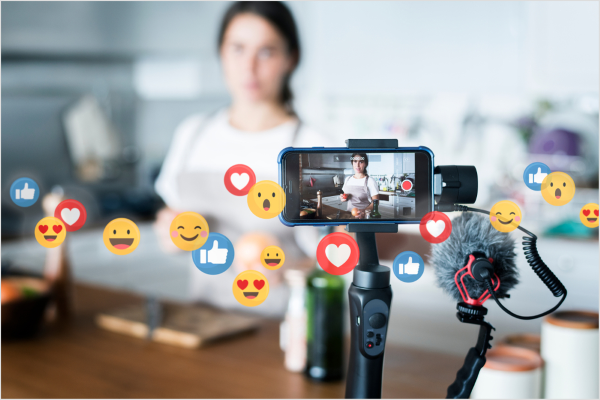
Short-form videos like reels and TikToks are particularly effective for reaching younger demographics and can significantly boost engagement rates across social media platforms.
Social media content
Platform-specific content tailored to each social media channel’s unique characteristics and audience expectations. This includes everything from Instagram stories to LinkedIn articles, each requiring different approaches and tone.

Podcasts
Audio content allows audiences to consume information while multitasking, making it incredibly convenient. Podcasts build deeper relationships through the intimate nature of voice communication and can establish strong personal brands.

The growing popularity of podcasts creates opportunities for thought leadership, guest appearances, and niche audience targeting. Regular podcast episodes help maintain consistent touchpoints with your audience, while the conversational format makes complex topics more accessible and engaging than traditional written content.
Infographics
Visual content that simplifies complex information into easily digestible formats. Infographics are highly shareable and can effectively communicate data, processes, or comparisons. They perform exceptionally well on social media platforms and can significantly boost engagement rates.

Well-designed infographics combine compelling visuals with clear data storytelling, making them valuable for link-building efforts. They’re particularly effective for explaining step-by-step processes, statistical findings, or industry trends in formats that audiences can quickly understand and share.
Email marketing
Direct communication with subscribers who have explicitly shown interest in your content. Email marketing provides opportunities for personalized content delivery and nurturing leads through targeted campaigns.
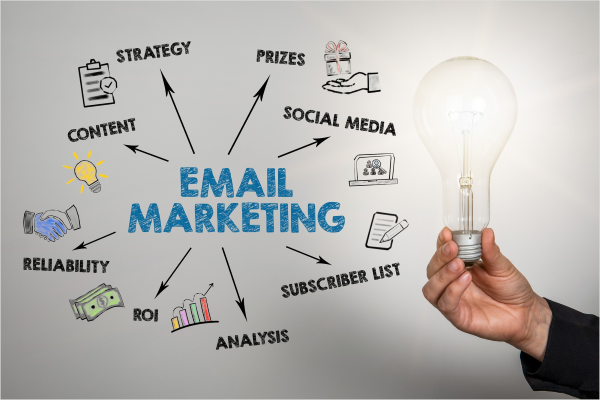
With impressive ROI rates and the ability to segment audiences based on behavior and preferences, email remains one of the most effective marketing channels.
Automated email sequences can guide subscribers through customer journeys, while regular newsletters keep your brand top-of-mind. Strategic email content builds trust and drives conversions more effectively than most other marketing methods.
White papers
In-depth, authoritative content that demonstrates expertise and provides comprehensive solutions to specific industry challenges. White papers are particularly effective for B2B marketing and lead generation.

These detailed reports establish credibility by presenting original research, case studies, or industry analysis that competitors cannot easily replicate. They serve as powerful lead magnets, often requiring contact information for downloads, making them valuable for building email lists.
Do’s and don’ts of content marketing
Understanding what works and what doesn’t can save you time and resources while maximizing your content marketing effectiveness.
Do’s of content marketing
Apply these content marketing strategies:
Know your audience
Successful content marketing starts with deep audience understanding. Research your target customers’ demographics, interests, challenges, and content preferences. Create buyer personas that guide your content creation decisions and ensure every piece of content serves your audience’s needs.
Create valuable content
Focus on providing genuine value rather than promotional messages. Your content should educate, entertain, or solve problems for your audience.
Be consistent
Consistency builds trust and keeps your audience engaged. Develop a content calendar and stick to regular publishing schedules. Moreover, you should use AI to cut blogging time as part of your content marketing strategies to maintain consistency without overwhelming your resources.
Optimize for SEO
Ensure your content is discoverable through search engines by incorporating relevant keywords naturally, optimizing meta descriptions, and following SEO best practices. You should explore the top AI content SEO content marketing tools to streamline your efforts.
Repurpose content
Maximize your content investment by adapting it for multiple formats and platforms. Transform blog posts into videos, infographics, or social media series to reach different audience segments effectively.
Track performance
Use analytics to understand what resonates with your audience. Monitor metrics like engagement rates, time on page, conversion rates, and social shares to refine your content marketing strategies continuously.
Tell stories
Storytelling makes your content more memorable and emotionally engaging. Use narratives, case studies, and personal experiences to connect with your audience on a deeper level.
Encourage engagement
Ask questions, respond to comments, and create content that invites participation. Building a community around your content increases loyalty and extends your reach through word-of-mouth marketing.
Don’ts of content marketing
You can get the best results through your content marketing strategies by avoiding these don’ts:
- Don’t focus only on sales: Constantly pushing products alienates audiences who seek valuable information.
- Don’t ignore quality: Poor content damages your brand reputation and credibility.
- Don’t publish without a strategy: Random content creation wastes resources and confuses your audience.
- Don’t neglect visuals: Text-only content is less engaging and shareable than visual content.
- Don’t forget mobile users: Ensure all content is optimized for mobile consumption.
- Don’t ignore your audience’s voice: Listen to feedback and adapt your content accordingly.
- Don’t copy competitors blindly: Develop your unique voice and perspective.
- Don’t stop after publishing: Promote your content actively and engage with your audience.
Benefits of content marketing
Content marketing offers numerous advantages that make it an essential component of modern digital marketing strategies.
Business growth and visibility
The primary benefits of content marketing are in the form of greater business growth and visibility:
- Boosts brand awareness: Quality content increases your brand’s visibility across multiple channels. This organic brand building is more sustainable and cost-effective than traditional advertising.
- Drive organic traffic: Search engines favor websites with fresh, relevant content. By consistently publishing optimized content, you improve your search rankings and attract visitors.
- Supports lead generation: As per a survey, content marketing generates three times more leads than traditional marketing methods. By providing valuable information, you attract qualified prospects who are more likely to convert into customers.
Sales and conversions
Using the right content marketing tools and strategies can also help you improve sales:
- Improves conversion rates: Content-driven marketing campaigns typically see conversion rates six times higher than other methods. By educating prospects and building trust, content marketing creates more qualified leads.
- Supports the buyer’s journey: Different types of content serve prospects at various stages of their purchasing journey. Awareness-stage content attracts new prospects, consideration-stage content helps evaluate options, and decision-stage content facilitates final purchasing decisions.
- Cost-effective marketing: Content marketing costs 62% less than traditional marketing while generating more leads. Once created, quality content continues providing value for months or years, making it an excellent long-term investment.
Trust and relationships
You can build long-term relationships with your customers via content marketing:
- Builds credibility: Consistently sharing valuable, accurate information establishes your business as a trusted authority in your industry. This credibility translates into customer confidence and increased sales opportunities.
- Nurtures relationships: Content marketing facilitates ongoing communication with your audience, building relationships that extend beyond single transactions.
- Increase trust: Transparent, helpful content builds trust with your audience. When prospects trust your expertise, they’re more likely to choose your solutions over competitors’ offerings.
How Contentpen transforms content marketing?
Contentpen revolutionizes content marketing by combining the power of multiple AI agents with deep brand intelligence to create high-quality, SEO-optimized content at scale.
As an AI content writer, Contentpen addresses one of content marketing’s biggest challenges: consistently producing valuable content that ranks well and resonates with your audience.
The platform’s multi-agent system handles everything from competitor research and SEO optimization to brand voice consistency and content distribution. This means businesses can maintain regular publishing schedules, improve search rankings, and build stronger audience relationships without the traditional time and resource constraints.
Here’s how you can Contentpen to create articles:
Content marketing and SEO
Content marketing and SEO work together to improve your online visibility and drive organic traffic. Quality content provides the foundation for effective SEO strategies, while SEO techniques help your content reach larger audiences through improved search rankings.
Search engines prioritize websites that consistently publish valuable, relevant content. By incorporating targeted keywords naturally, optimizing meta tags, and following SEO best practices, your content becomes more discoverable.
Moreover, well-optimized content earns backlinks from other websites, further boosting your search authority. The combination of valuable content and proper SEO creates a powerful engine for sustainable organic growth that benefits your business long-term.
Future of content marketing
Content marketing continues evolving with technological advances and changing consumer behaviors. Artificial intelligence is revolutionizing content creation, with tools enabling faster, more personalized content production.
Interactive content, voice search optimization, and video-first strategies are becoming increasingly important. Personalization at scale, powered by AI and data analytics, allows businesses to create more relevant experiences for individual users.
The future belongs to brands that can balance content automation with authentic human connection.
Bottom line
Content marketing is more than a trend! It’s a value-driven way to connect authentically with your audience. If you focus on creating, distributing, engaging, and using formats like blogs, videos, and social media, you can build trust, generate leads, and drive growth.
By consistently creating helpful, relevant, and optimized content, you not only attract qualified leads but also build lasting relationships with your audience. As AI tools continue to reshape the content creation and marketing industry, the winning brands will be those that strike the perfect balance between efficiency and authentic human connection.
Frequently asked questions
The 4 Ps of content are Plan, Produce, Publish, and Promote. It is a comprehensive framework that ensures content is well-structured, created effectively, shared across the right channels, and amplified for maximum reach.
The 3 E’s are Educate, Entertain, and Engage. In other words, great content should teach something useful, capture attention, and build interaction with the audience.
Content marketing is the strategy of creating valuable content to reach and convert audiences, while social media marketing focuses on distributing and promoting that content on social media platforms like Facebook, Instagram, or LinkedIn.
Content marketing focuses on providing value and building relationships through helpful information, while traditional advertising directly promotes products or services. Content marketing attracts audiences naturally, creating trust and authority that leads to better conversion rates and customer loyalty.
Consistency matters more than frequency. Whether you publish daily, weekly, or monthly, maintain a regular schedule that your audience can expect. Most successful businesses publish 1-4 blog posts per week, but quality should never be sacrificed for quantity.
Content marketing is a long-term strategy that typically shows initial results within 3-6 months, with significant growth occurring after 6-12 months. Results depend on content quality, publishing consistency, SEO optimization, and promotion efforts across multiple channels.
A content marketer plans, creates, distributes, and optimizes content. They ensure the content aligns with brand goals, resonates with the target audience, and drives measurable results such as traffic, leads, or sales.
